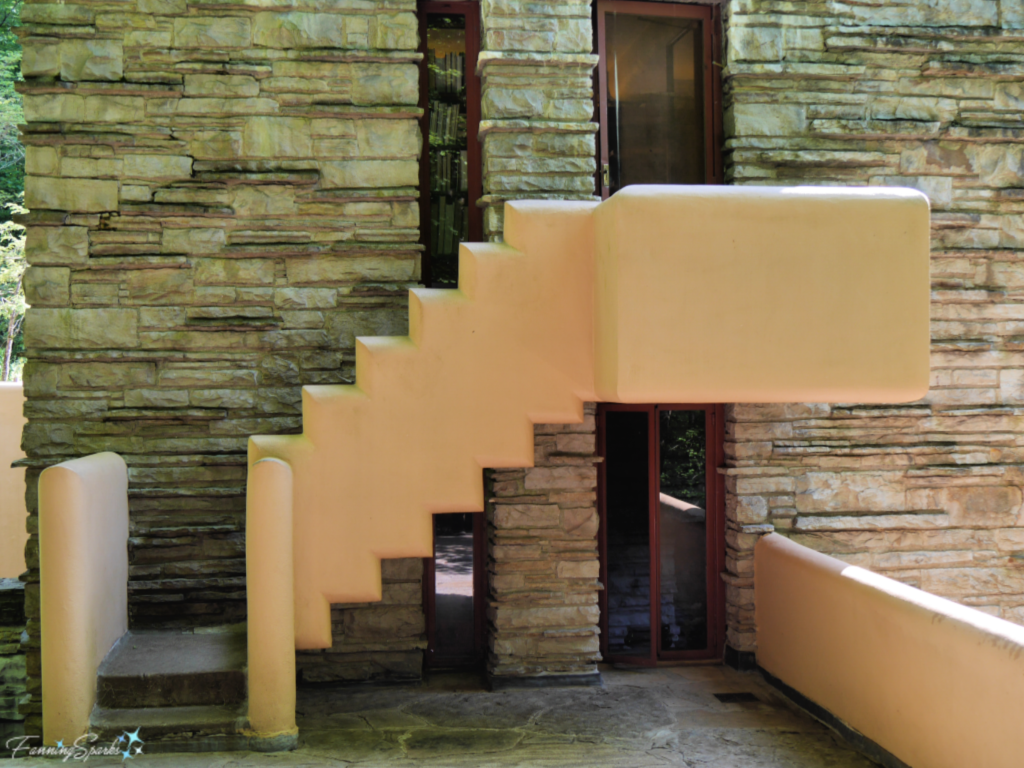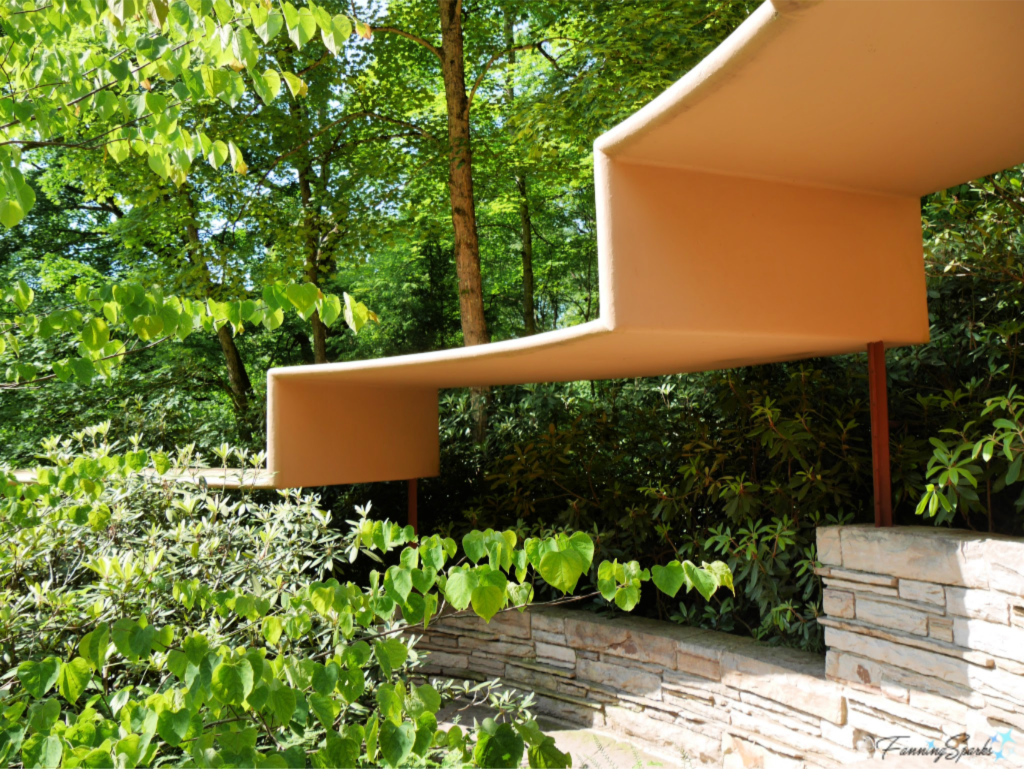If you’re looking for some light summer reading, you might want to consider the book “Clara and Mr Tiffany” by Susan Vreeland. It’s not a new book (published 2011) but well worth reading if you missed it when it first hit the market. The story, which takes place in New York City from about 1888 to 1909, tells the intriguing tale of Clara Wolcott Driscoll and her work for Louis Comfort Tiffany at Tiffany Studios. It’s well written and thoroughly researched and, while it’s a work of fiction, it is built upon actual facts. How these facts came to light makes the story even more interesting.
Louis Comfort Tiffany (1848-1933) is considered one of the most influential creative designers of his time. Tiffany Studios was famous for innovative stained glass windows. Tiffany Studios is said to have produced about 5,000 windows during its 50-year history. Many of those windows had a religious theme including the one pictured below called “The Righteous Shall Receive a Crown of Glory” from 1901. This window was commissioned for the United Methodist Church in Waterville, New York. It is currently on display at the Corning Museum of Glass in Corning, New York. The exhibit card indicates this window is made of “handmade colored and opalescent sheet glass and textured glass, cut and assembled, painted; lead came”.
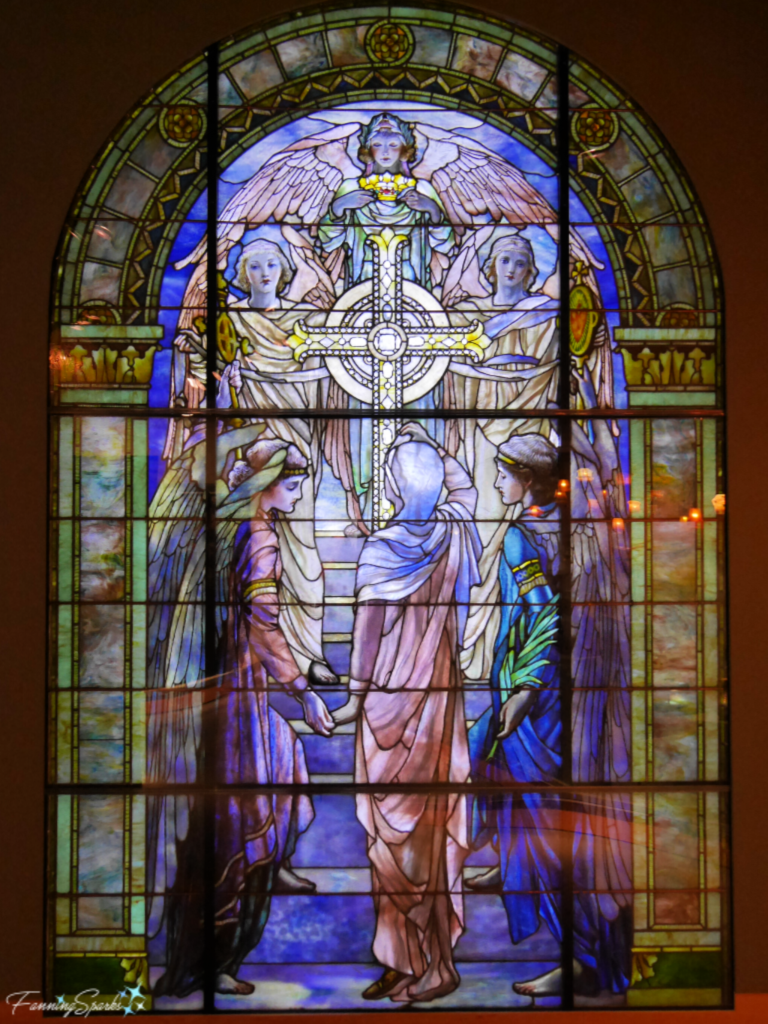
Here is a closeup of the cross.
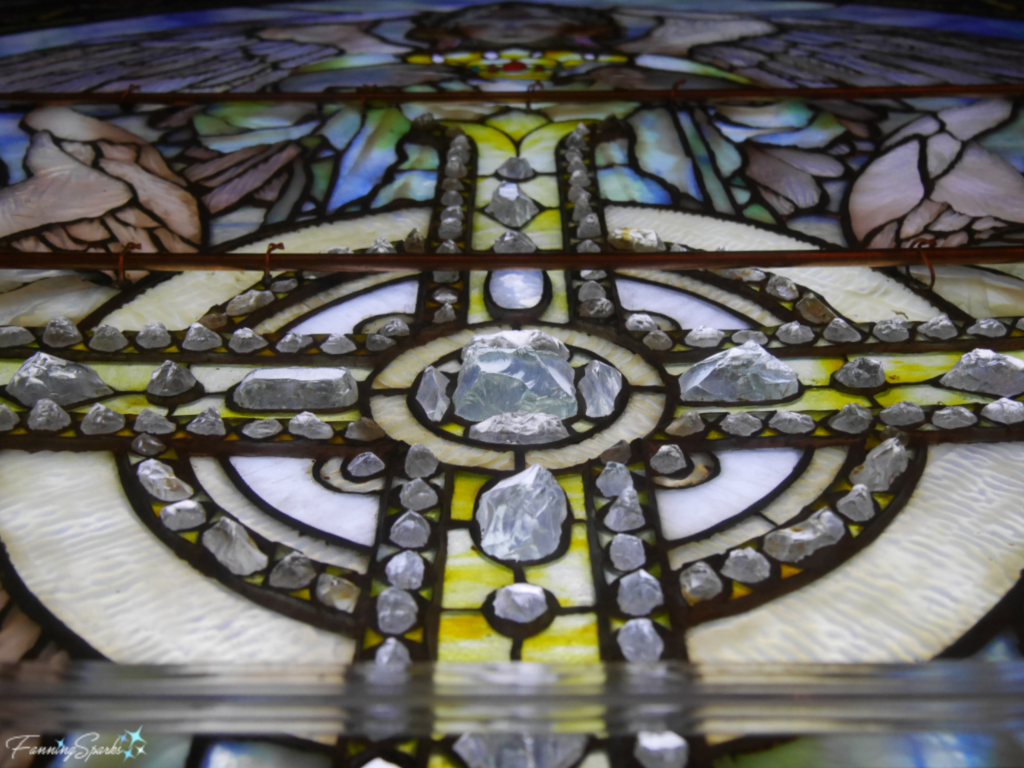
A notable exception to the religious theme was the below window which can be seen at the Morse Museum in Winter Park, Florida. The museum describes the window as “Maiden feeding flamingos in the court of a Roman house”. The window was designed by Tiffany for the World’s Exposition in Chicago in 1893. There is an amusing little story about this window in the book Clara and Mr Tiffany.
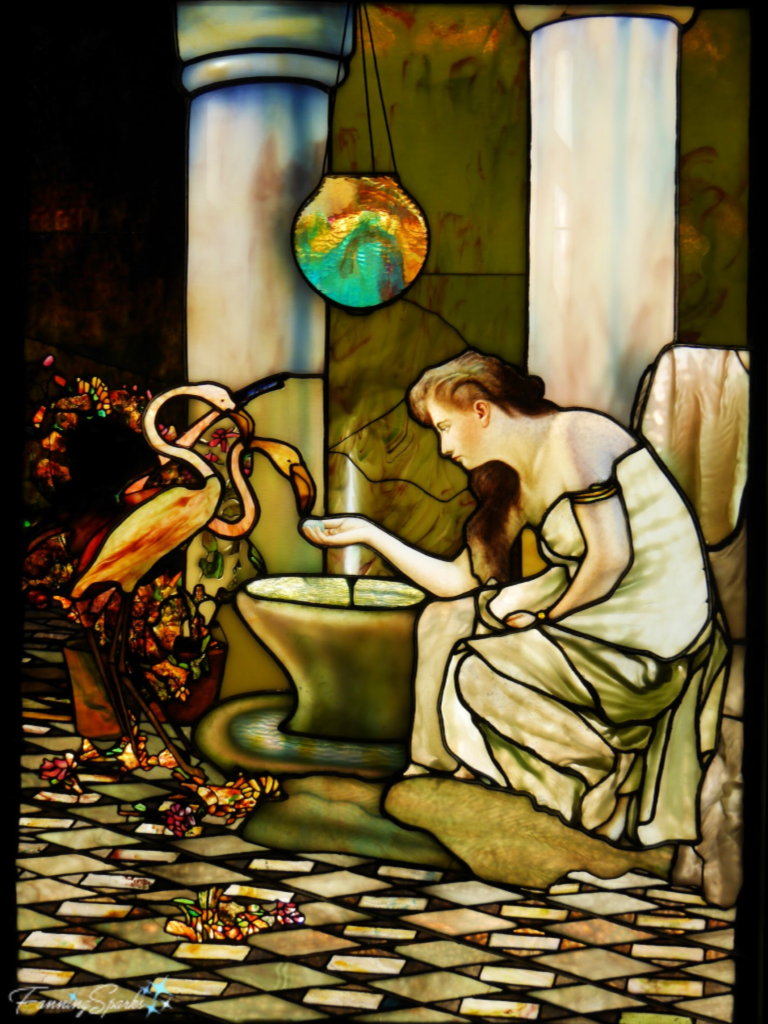 Below is an example of a Tiffany glass window made with techniques described in Clara and Mr Tiffany. The Hudson River landscape window was commissioned for a Gothic Revival Music Room at Rochroane Castle, Irvington-on-Hudson, New York. It was recognized by International Style magazine in 1905 as one of the most important residential commissions of its day. The exhibit card explains “Tiffany did not use paints or stains in the execution of the window. The rich colors, details, and illusionistic effects are produced with different types of textured glasses, and by layering pieces of colored glass – a technique called plating – on the front and back of the window.”
Below is an example of a Tiffany glass window made with techniques described in Clara and Mr Tiffany. The Hudson River landscape window was commissioned for a Gothic Revival Music Room at Rochroane Castle, Irvington-on-Hudson, New York. It was recognized by International Style magazine in 1905 as one of the most important residential commissions of its day. The exhibit card explains “Tiffany did not use paints or stains in the execution of the window. The rich colors, details, and illusionistic effects are produced with different types of textured glasses, and by layering pieces of colored glass – a technique called plating – on the front and back of the window.”
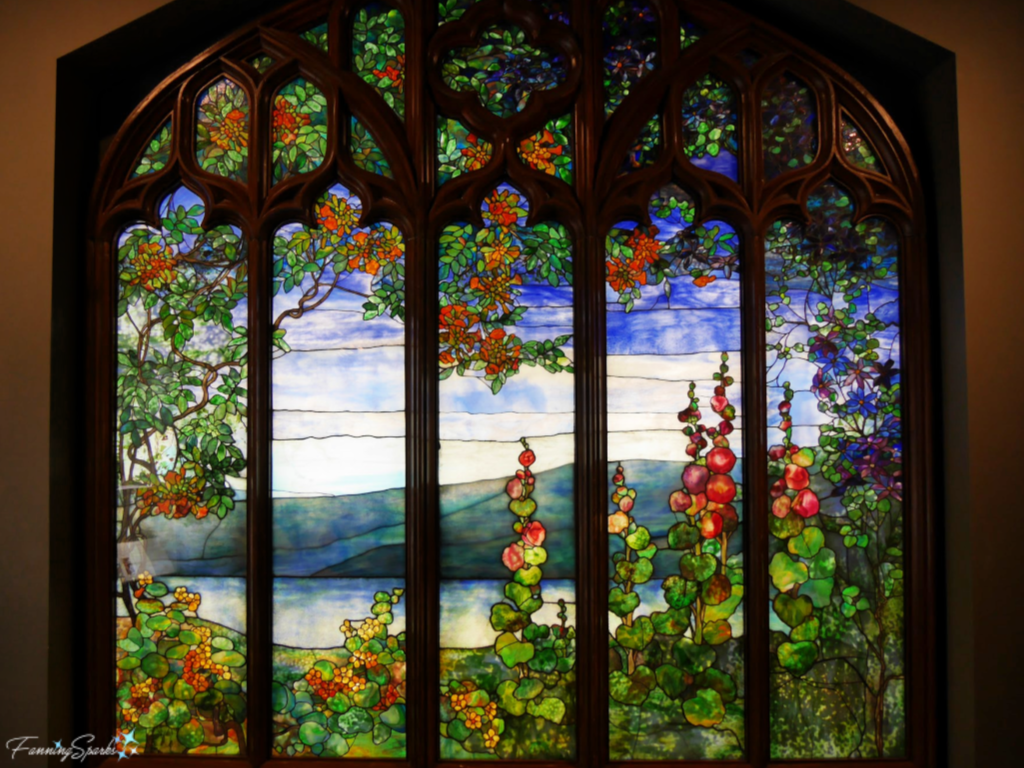
Here’s a closer look at the hollyhocks and the trumpet vine in the foreground.
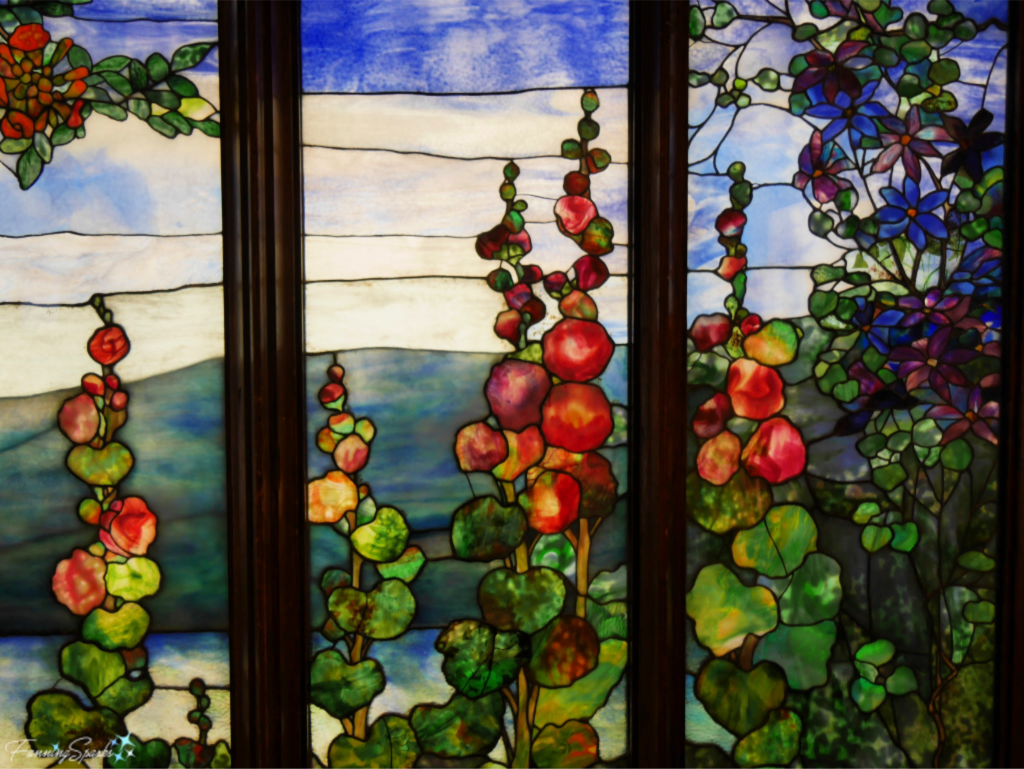
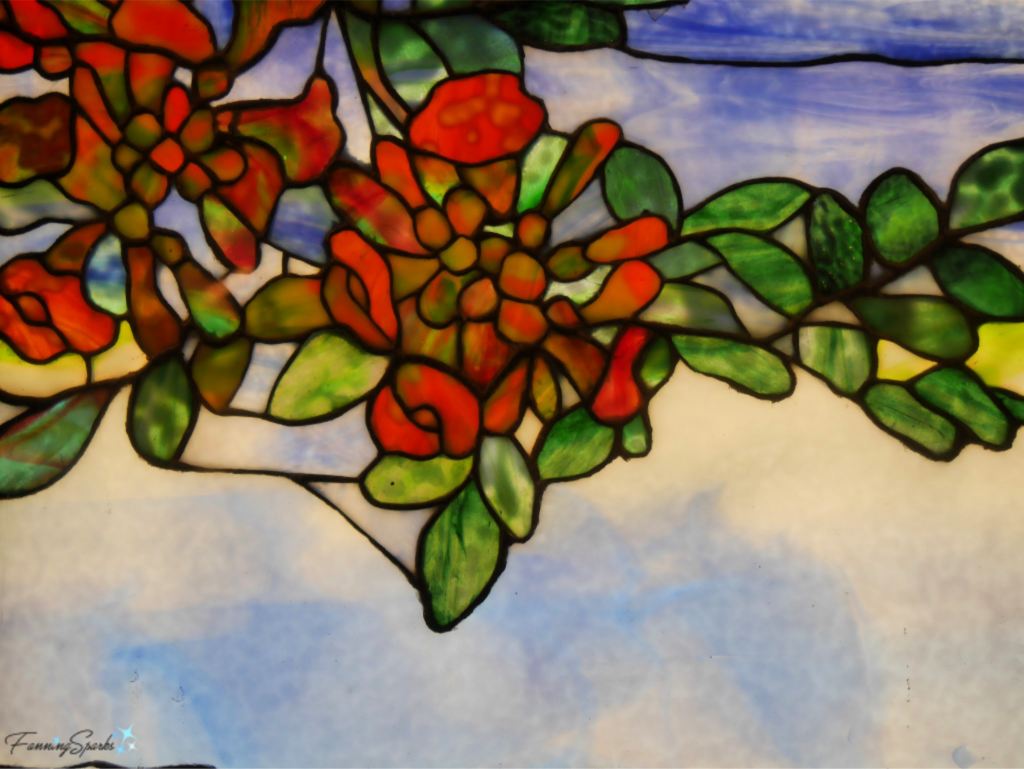
Meanwhile, around 1898, the first leaded glass lamp shades appeared. These iconic lamps incorporated insect and floral motifs and became known by names such as the Dragonfly, Cobweb, Butterfly, Wisteria, Poppy, Laburnum, Arrowhead and Geranium.
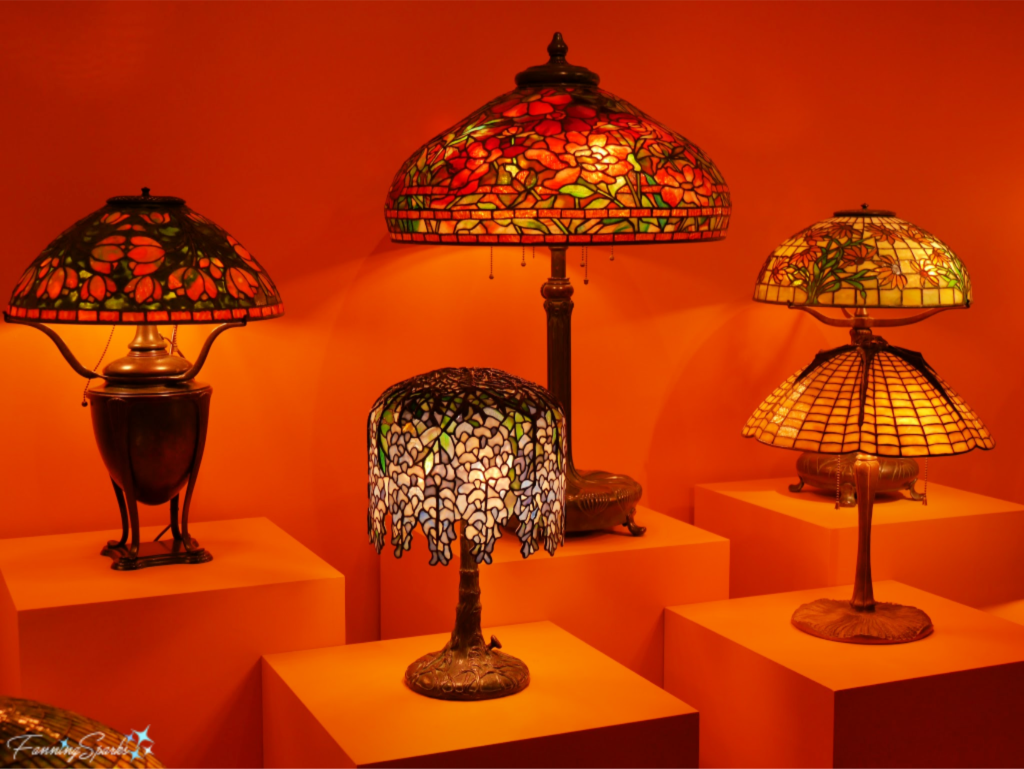
The lamps were costly but quickly became sought after by New York’s wealthy citizens. For years, Tiffany was credited with designing these beautiful lamps. Then in 2005, a marvelous discovery revealed a different story. Two separate collections of personal correspondence written by Clara Driscoll and her family were brought together and studied as a whole. As it turns out, Clara Driscoll is actually the designer of several of the Tiffany leaded glass lamp shades! Two years later, the New York Historical Society hosted an exhibition based on this ground breaking research. It was called “A New Light on Tiffany: Clara Driscoll and the Tiffany Girls”. As stated in the exhibition press release, “The exhibition presents the renowned works of Tiffany Studios in an entirely new context, focusing on the women who labored behind the scenes to create the masterpieces now inextricably linked to the Tiffany name.” The exhibition has long since dissolved but many of these Tiffany lamps can still be seen in museum collections.
The Wisteria lamp, an iconic masterpiece of leaded-glass art, can be seen at the Morse Museum. The designer of the Wisteria lamp is clearly identified as Clara Driscoll in the exhibit guide. Aside from the sheer beauty of this lamp, it’s impressive to think about how it was constructed‒over 2000 individual pieces had to be selected, cut, pieced together and soldered into place.
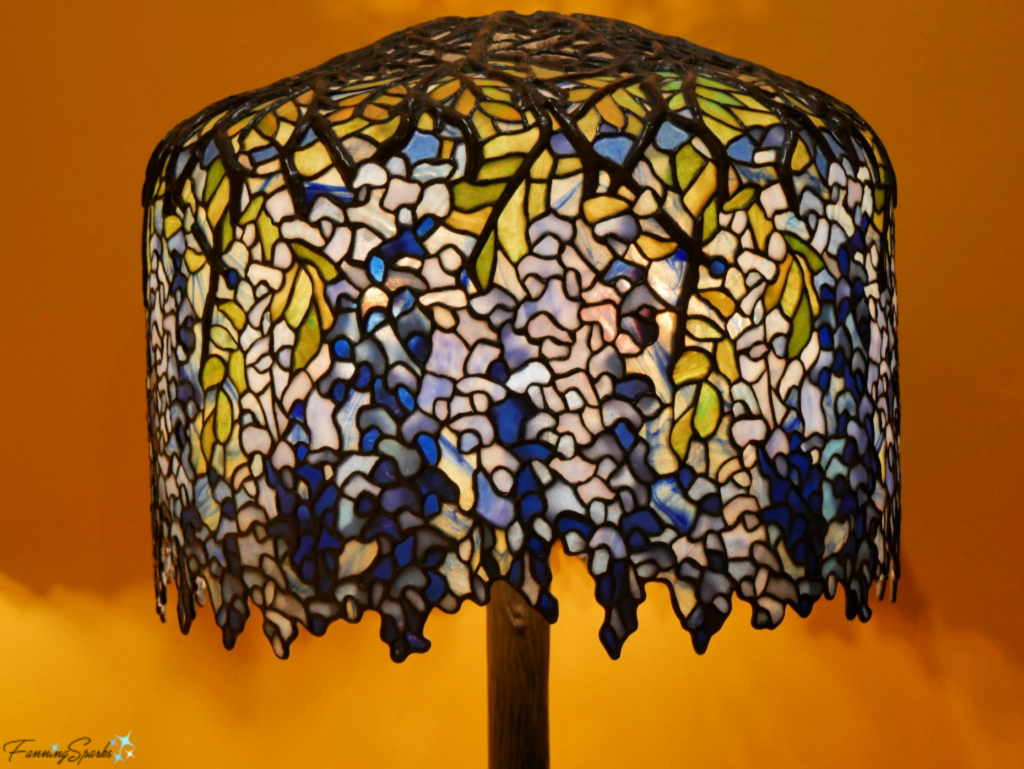
Here’s a closeup of the Laburnum lamp, also on display at the Morse Museum, which is equally intricate.
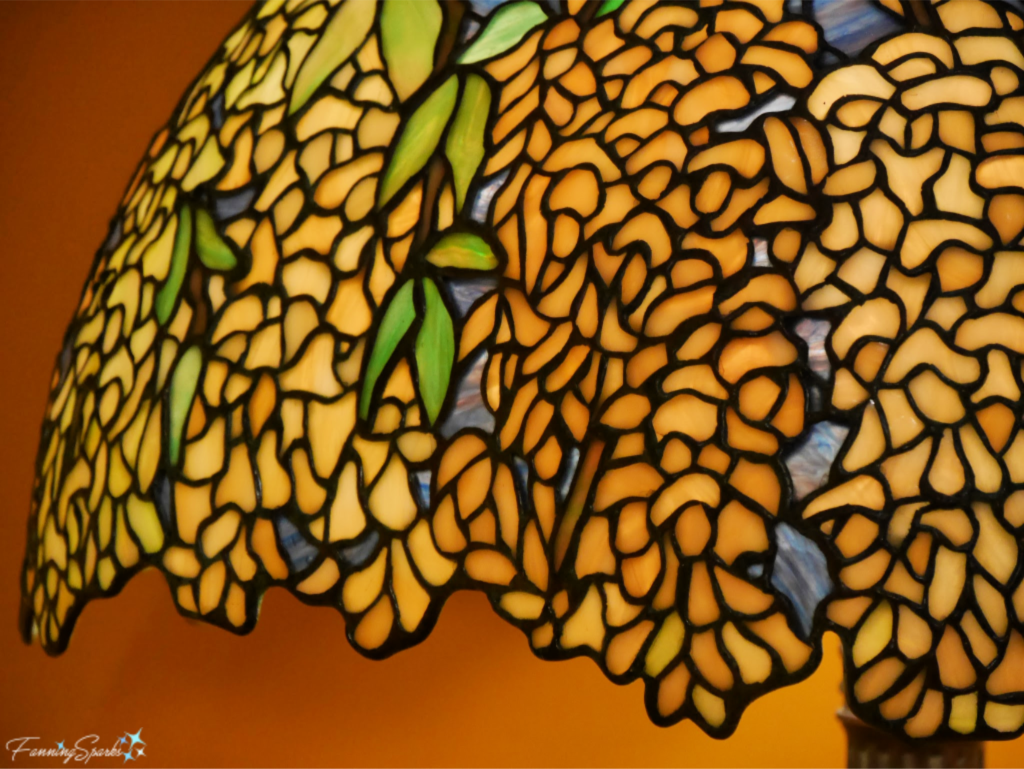
Here’s a look at the Dogwood design with an emphasis on glass colors and patterns. The form is less complex with straight edges and a simple bottom edge.
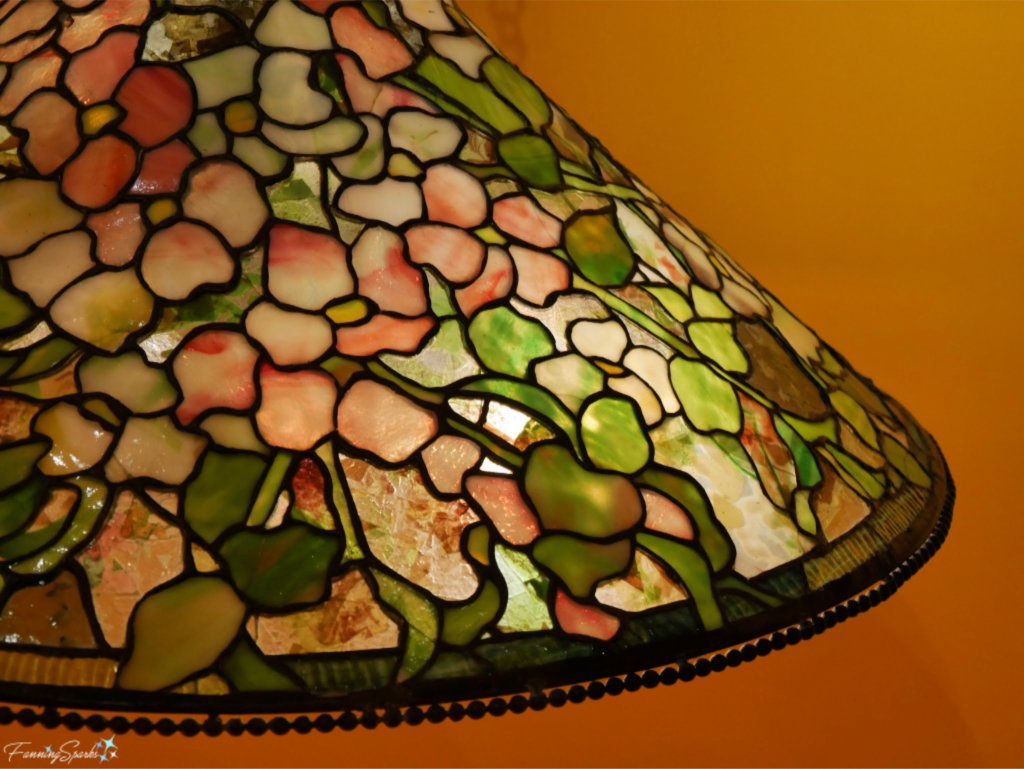
An early model of the famous Dragonfly lamp (aka Dragonflies and Water Flowers Lamp) can be seen at the Corning Museum of Glass. This 1899 version has a large base designed to hold kerosene oil.
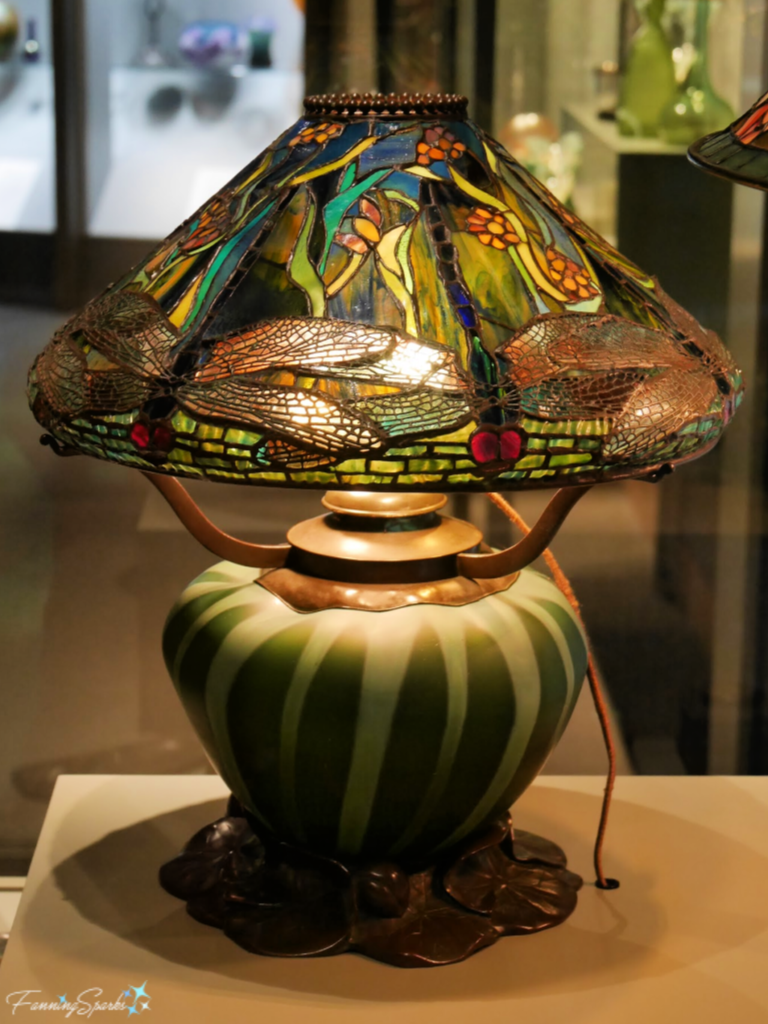
Subsequent models, like this one from 1910, had a slimmer, more elegant base designed to be used with electricity.
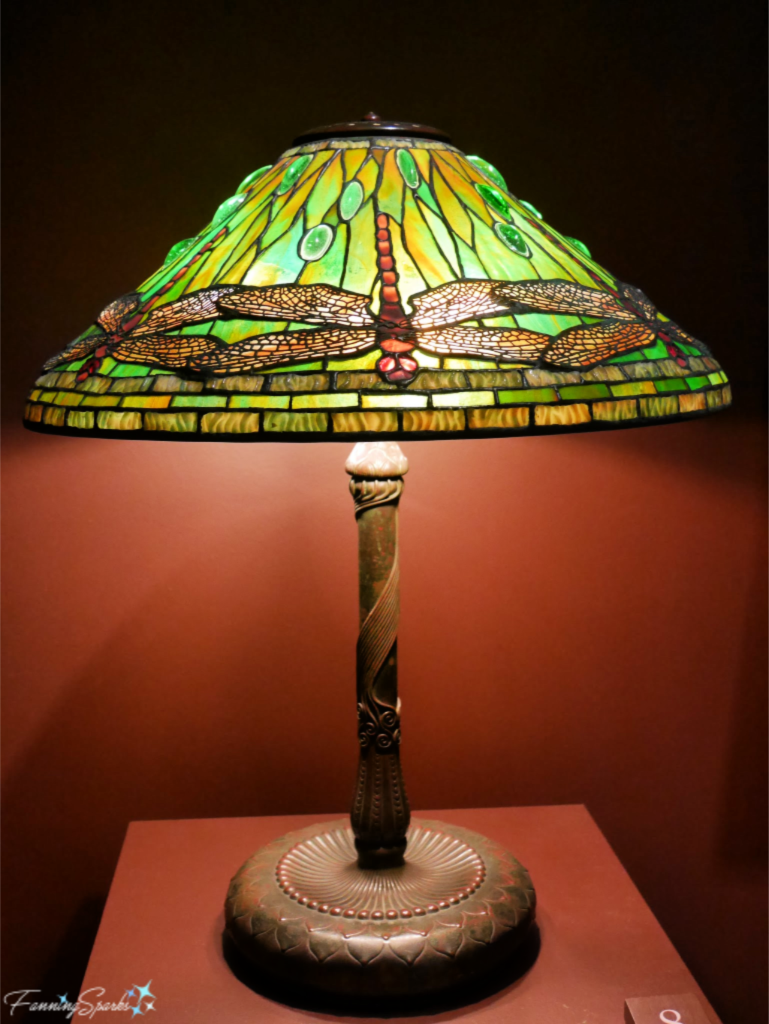
It’s magical to see a Dragonfly lamp in person because of the prominent role it plays in the story of Clara and Mr Tiffany. At one point in the story, Clara says “It still leaves me on edge. I have to make this dragonfly lamp more exquisite and more individual than any blown shade, more art than craft. It’s got to have a place in Mr. Tiffany’s heart.”

More Info
Learn more about the Charles Hosmer Morse Museum of American Art, in Winter Park, Florida, on their website. The Morse Museum is known internationally for its collection of works by Louis Comfort Tiffany. It is considered by experts as “the most comprehensive and the most interesting collection of Tiffany anywhere.” I enjoyed the museum immensely and would not hesitate to recommend it.
The Corning Museum of Glass is another museum well worth visiting. Their website provides all necessary information. In addition, their collections are beautifully captured with photos and descriptions online. For instance, here is the listing of the Dragonflies and Water Flowers Lamp. The Corning Museum of Glass is home to the world’s most comprehensive collection of glass, the world’s foremost library on glass, and one of the top glassworking schools in the world. I would highly recommend this museum as well.
Another great source of information about Clara Driscoll and Tiffany Studios is Susan Vreeland’s website.
Today’s Takeaways
1. Reading fact-based fiction about art and artists is a great way to learn.
2. Consider combining travel and art viewing to see works you’ve read about.
3. Imagine how the artwork you’ve read about and/or viewed could influence your own designs and projects.


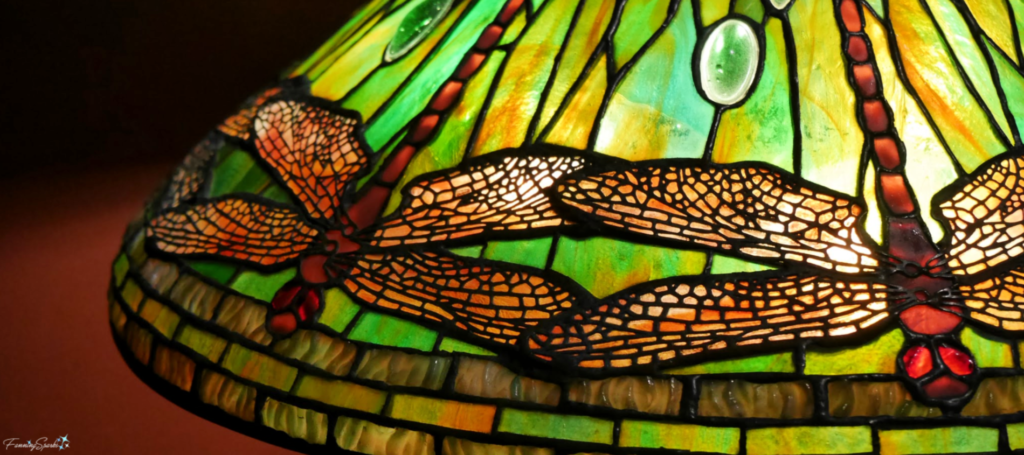
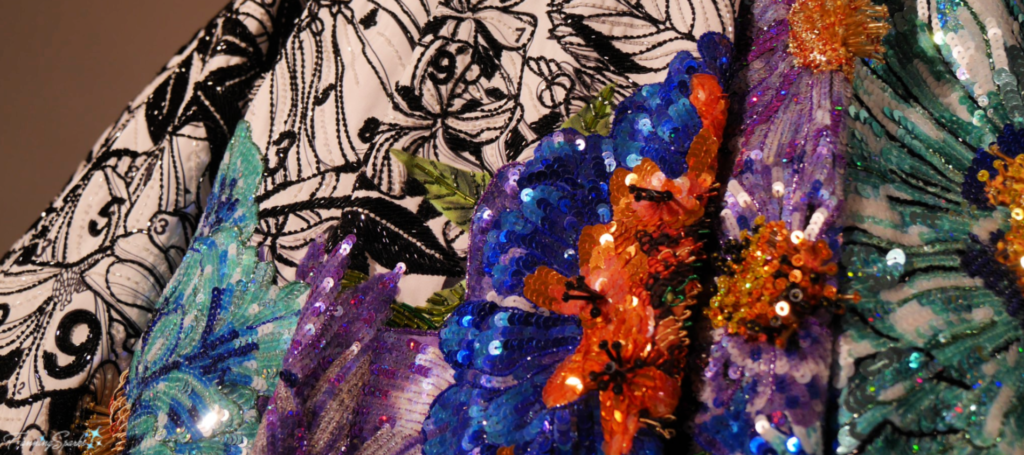

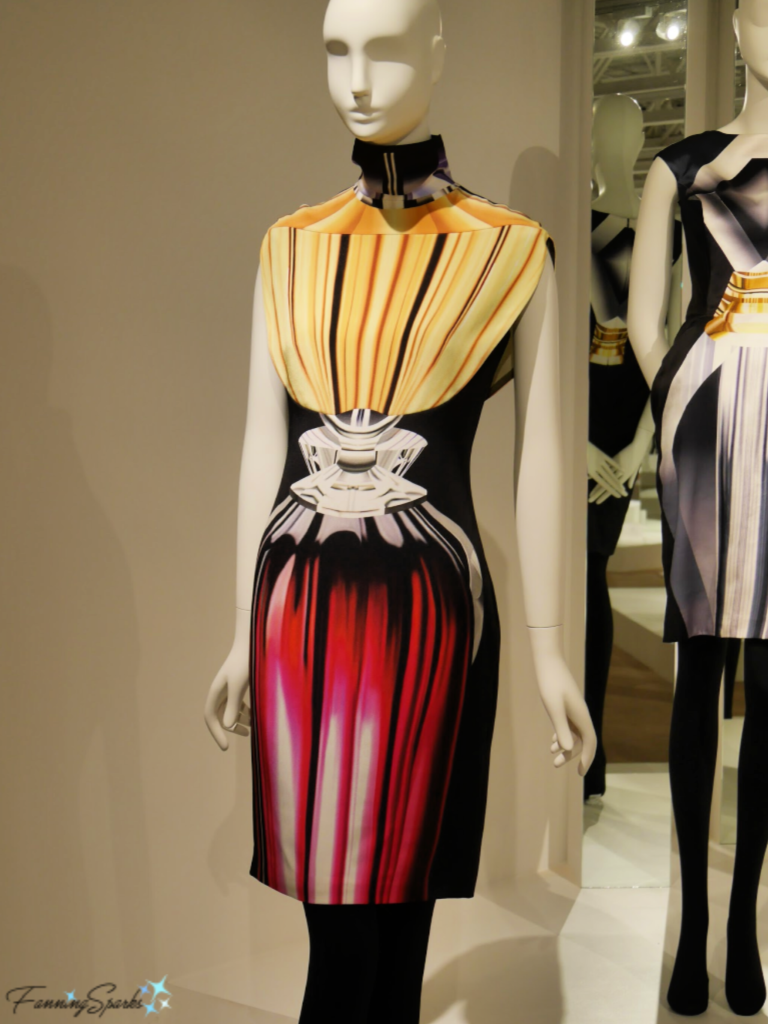
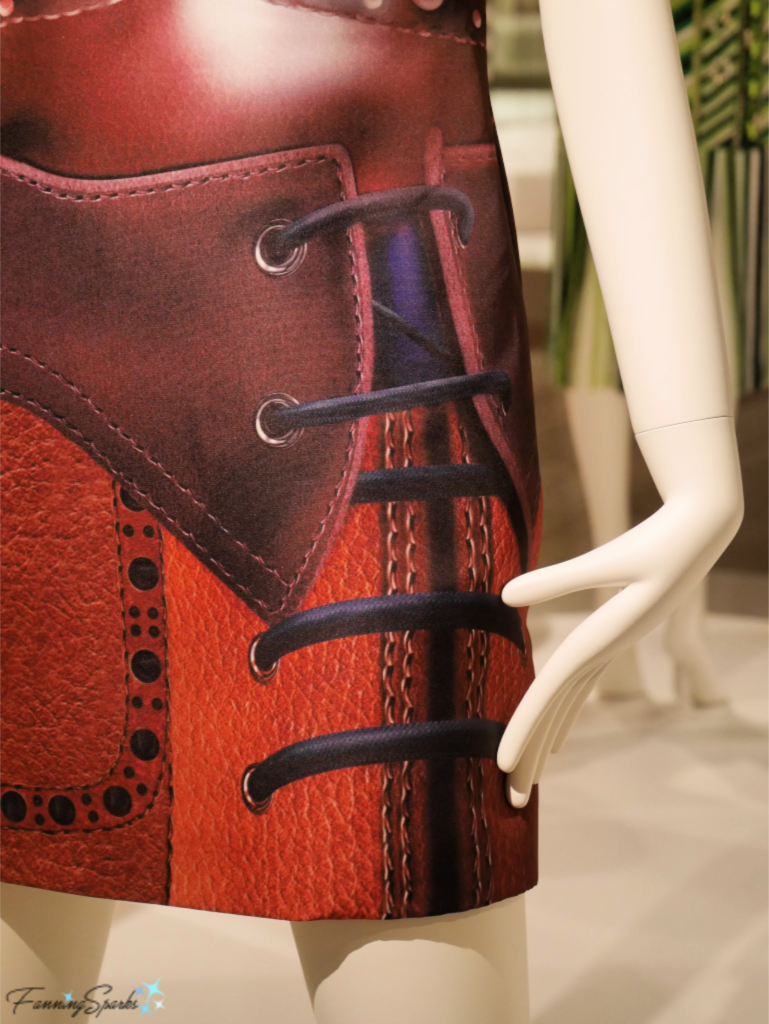
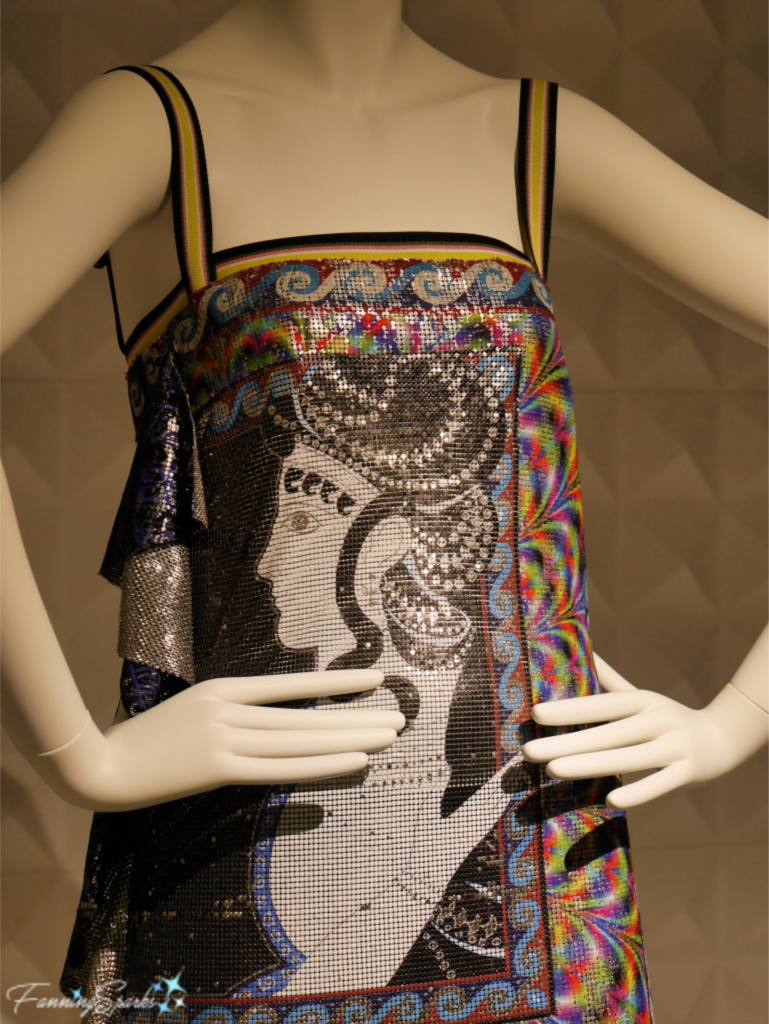
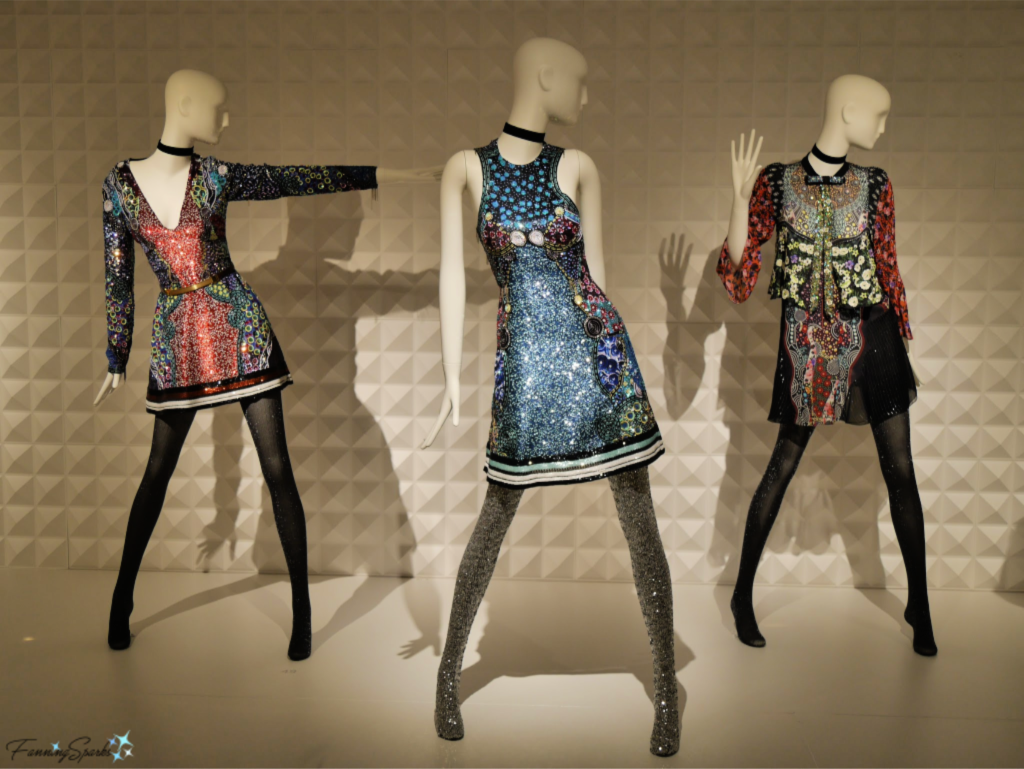
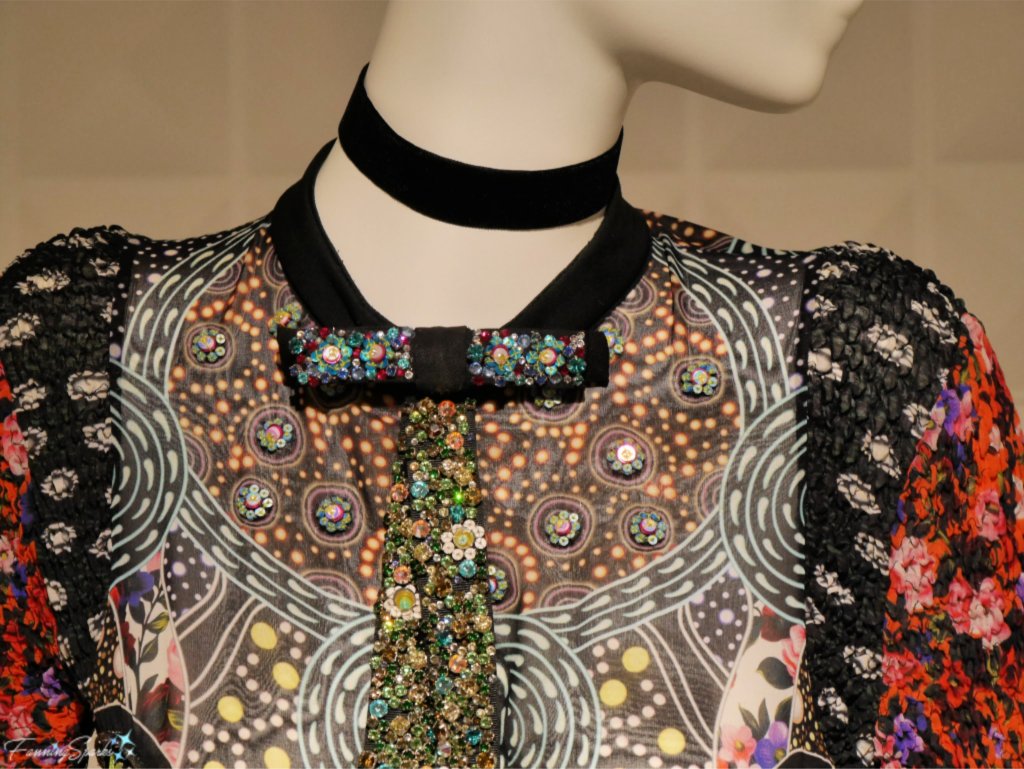
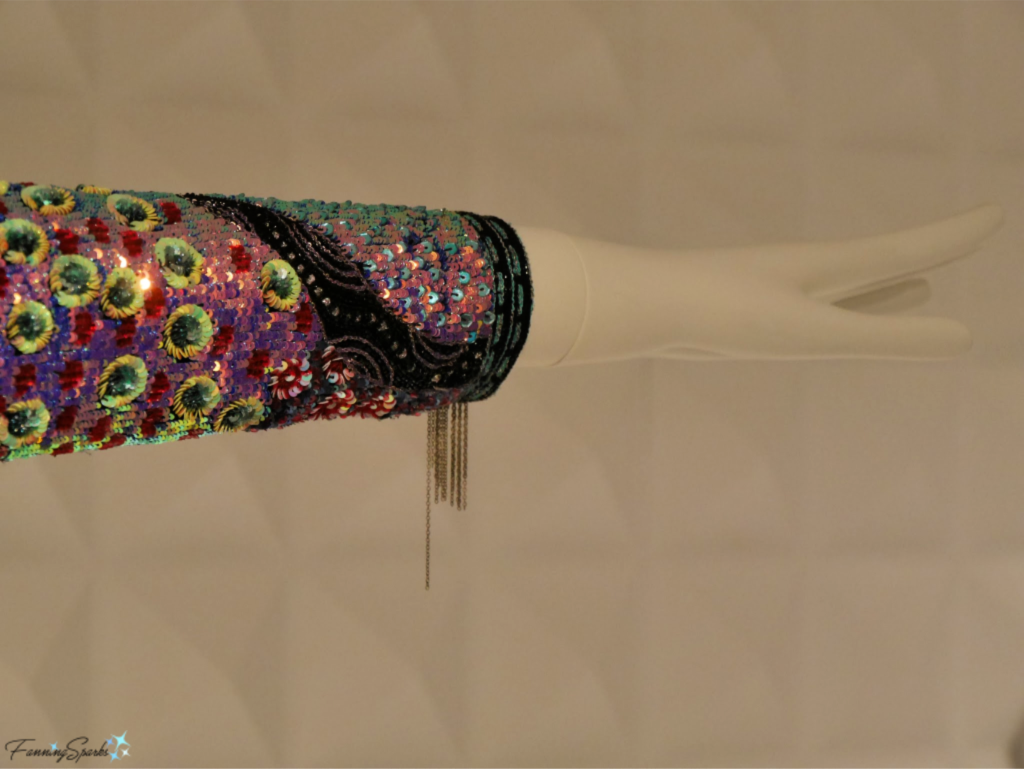
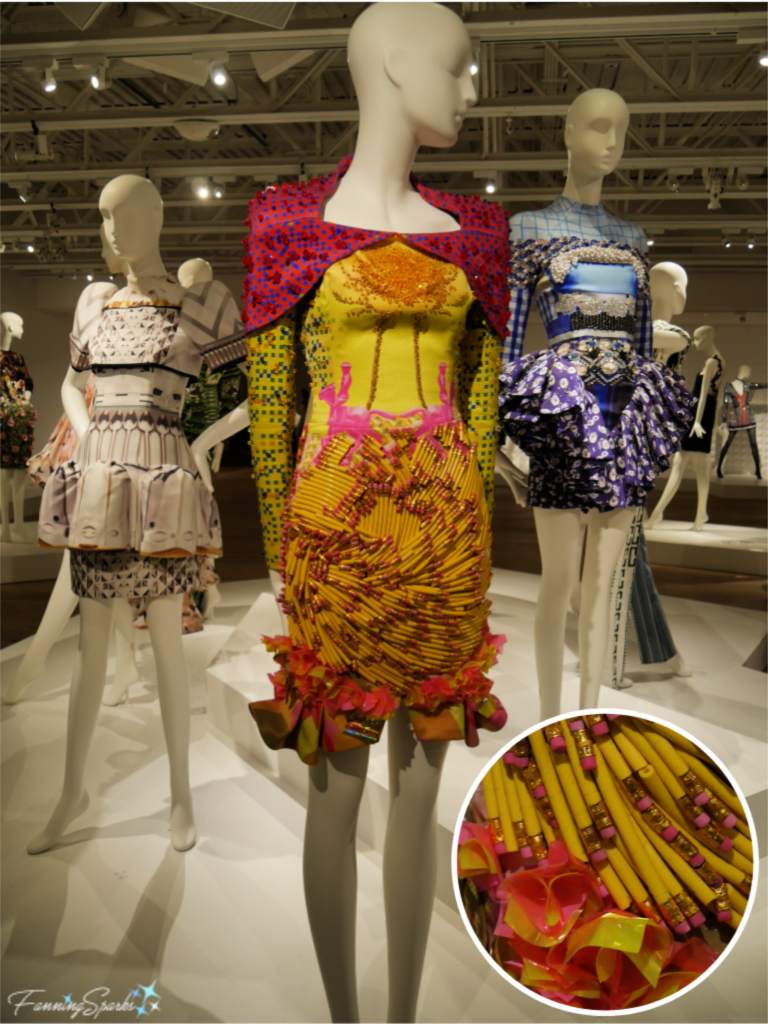
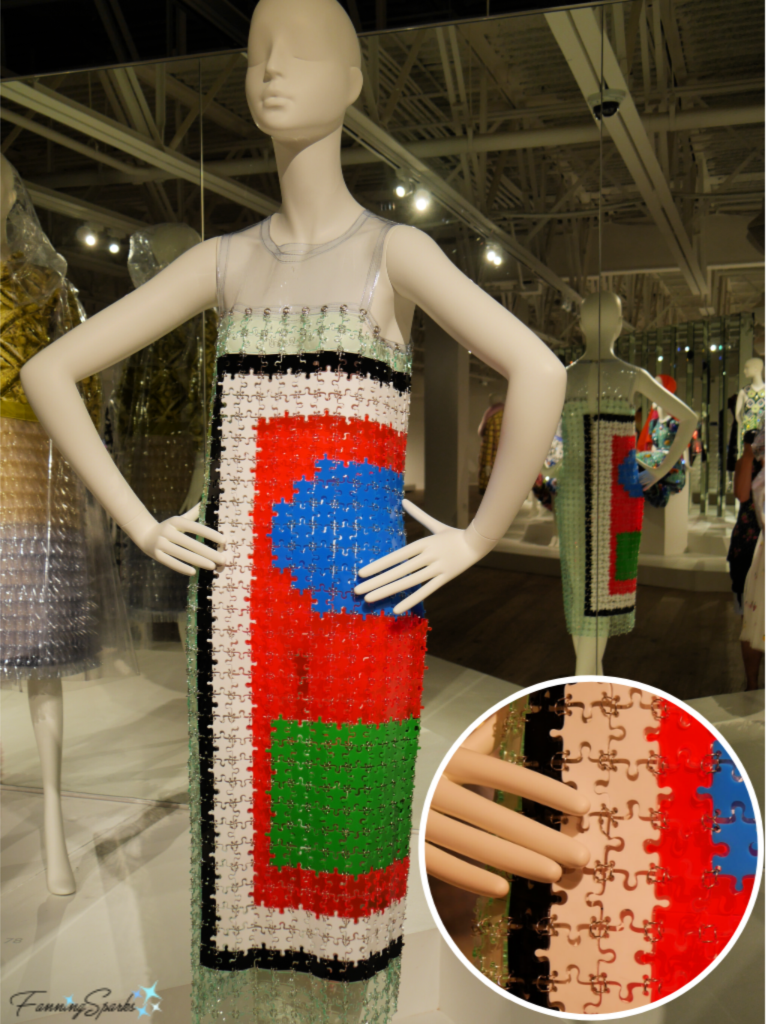
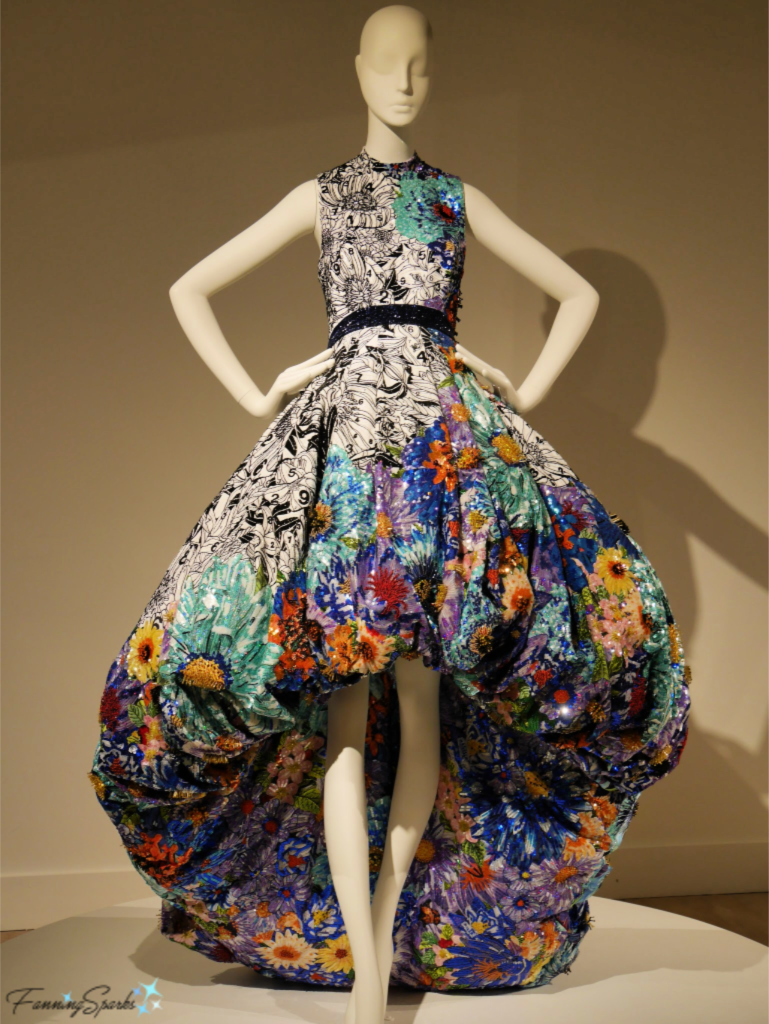
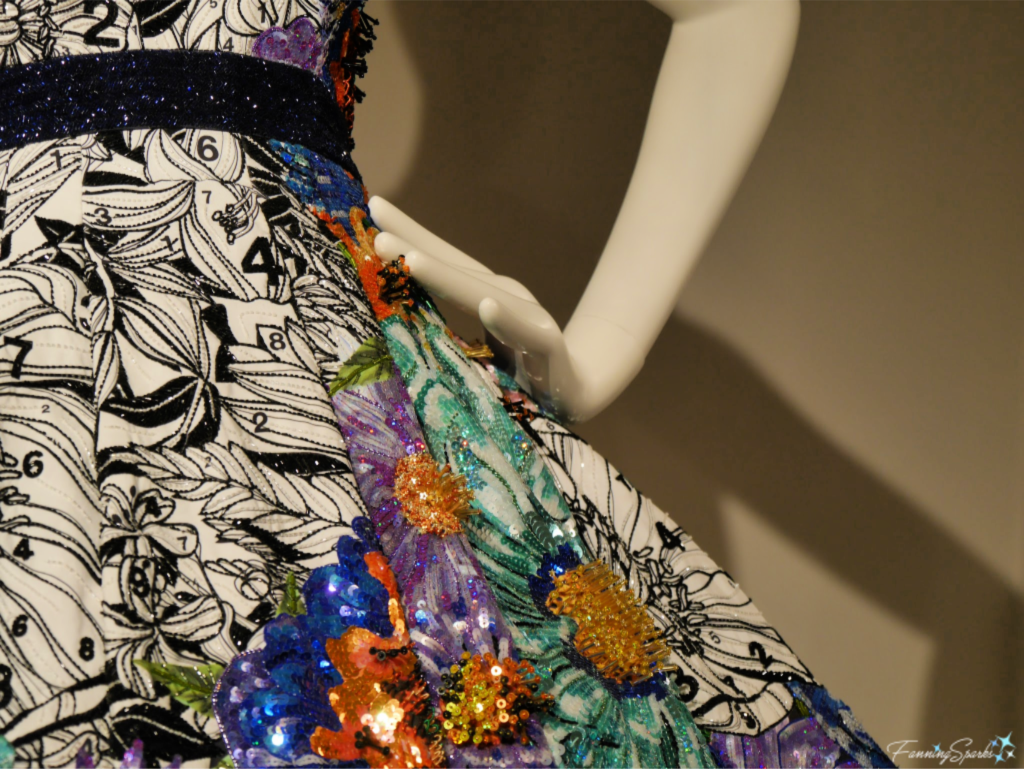
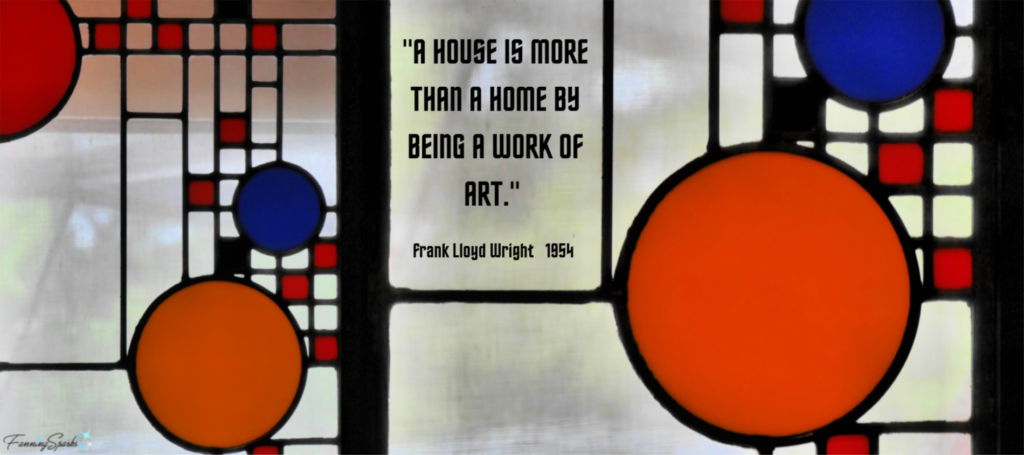
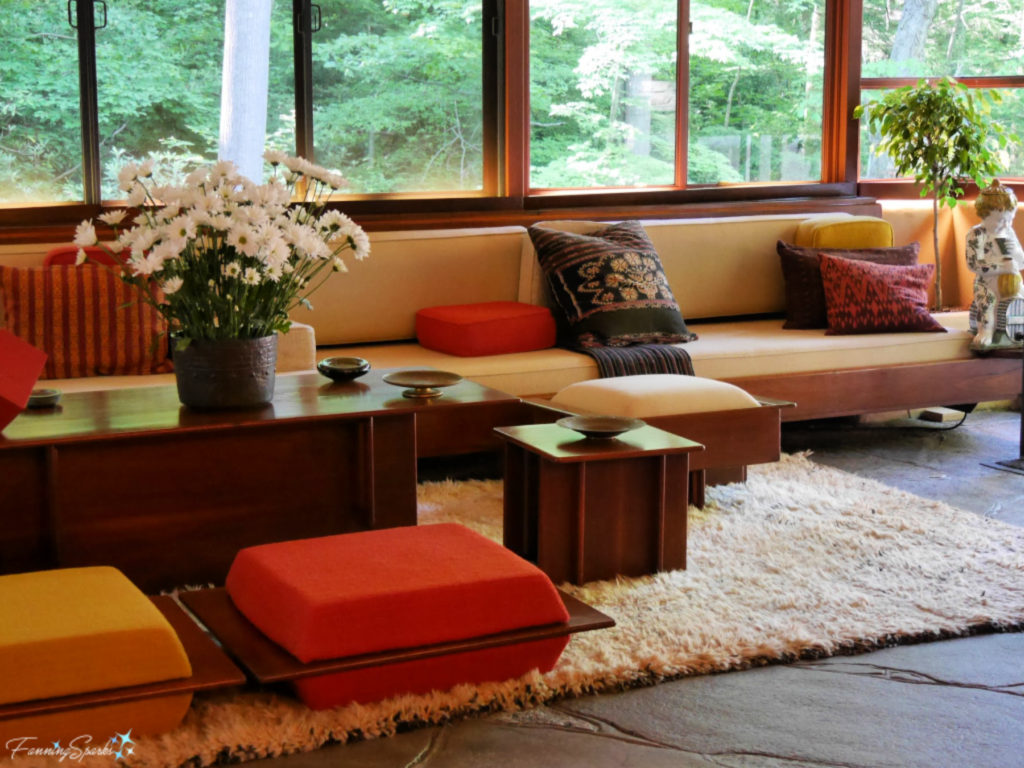
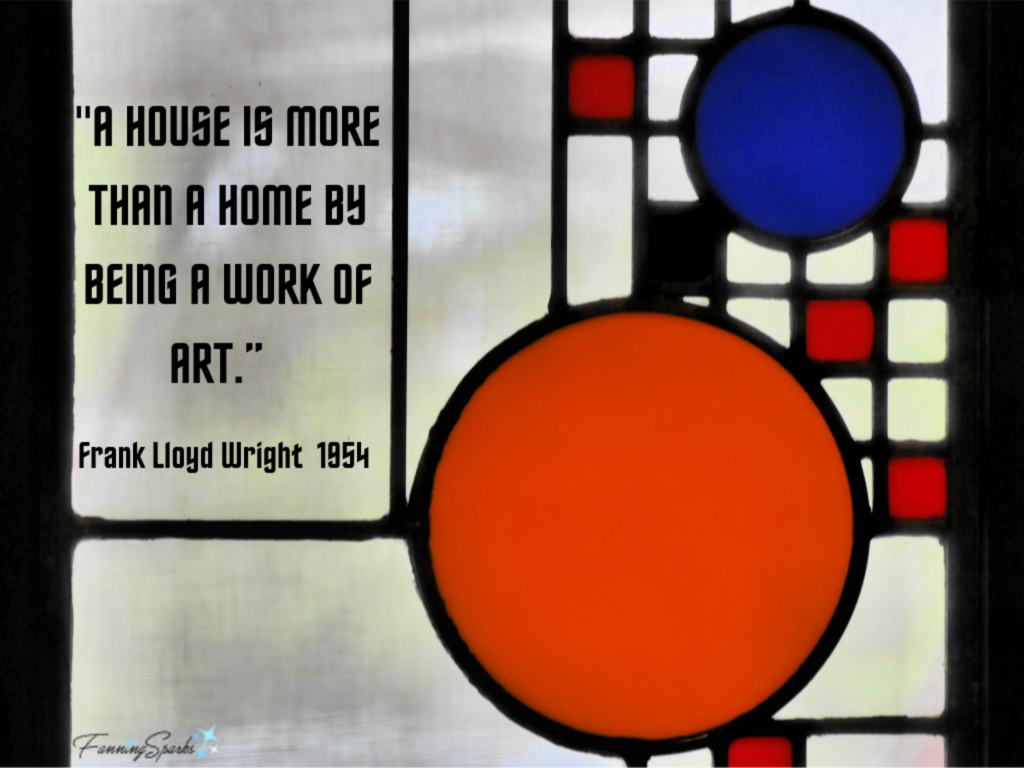
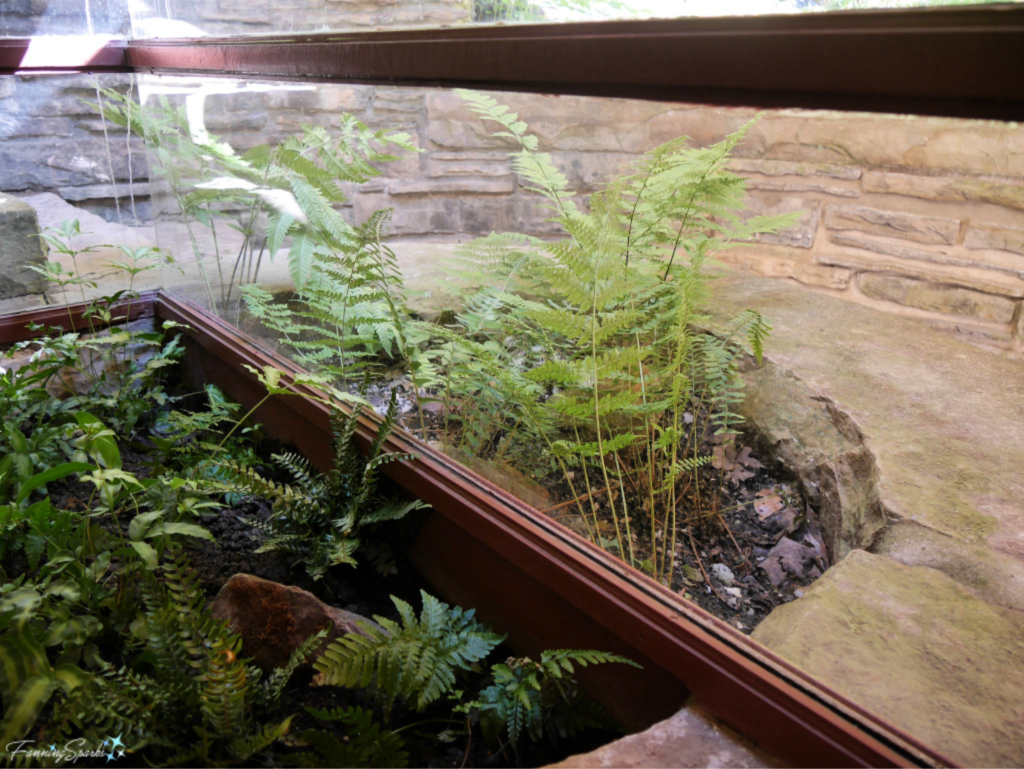 Nature Inspiration
Nature Inspiration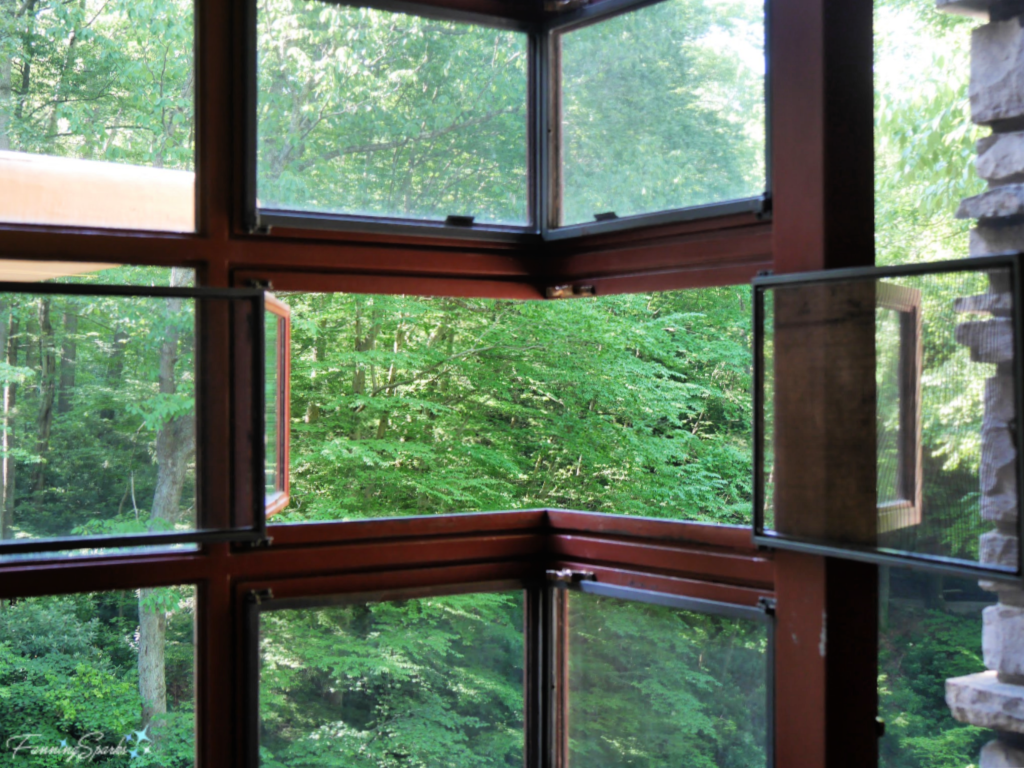 Horizontal Planes
Horizontal Planes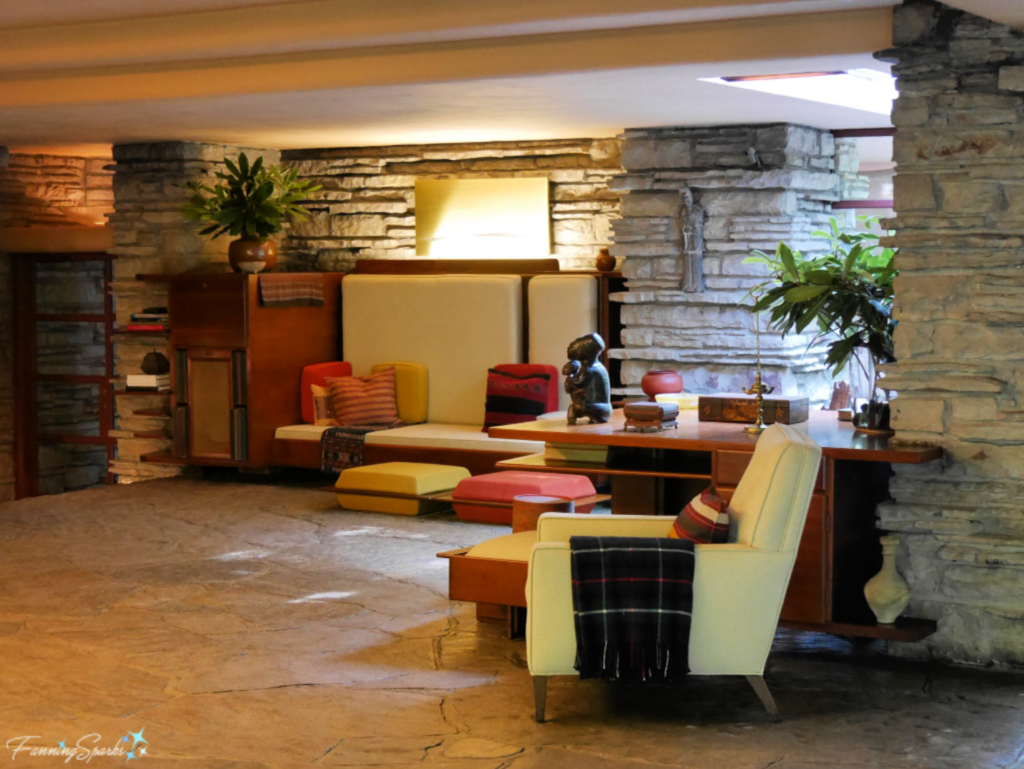 Japanese style floor cushions, called “zabutons”, were designed by Wright and placed throughout the living room.
Japanese style floor cushions, called “zabutons”, were designed by Wright and placed throughout the living room.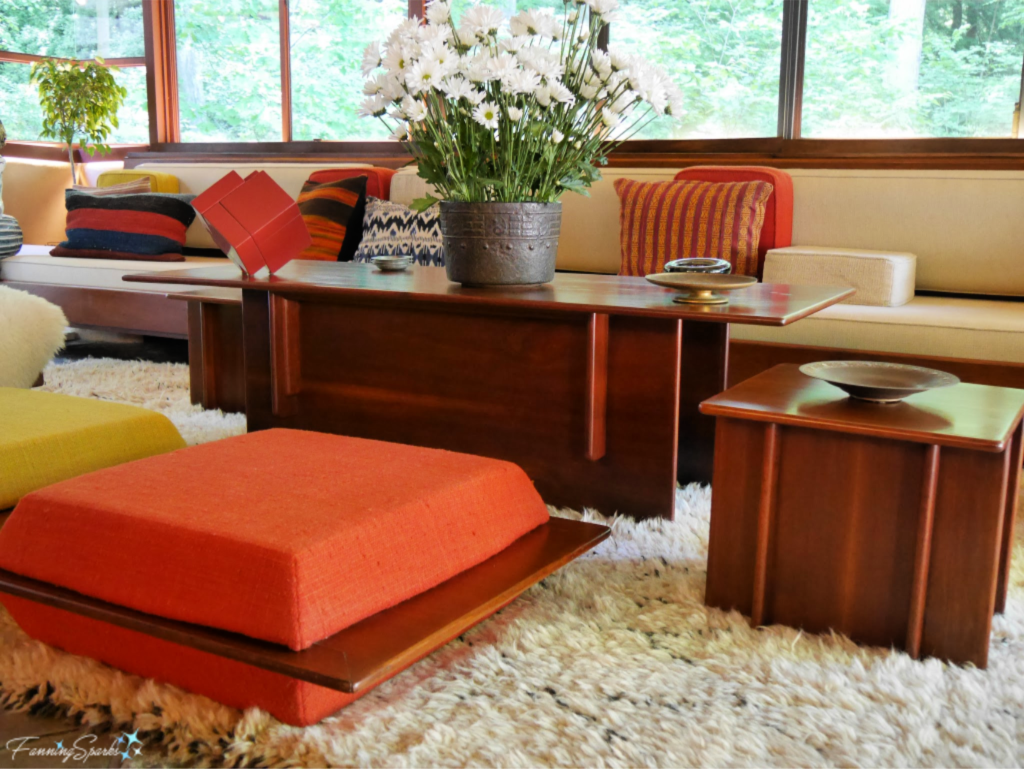 Natural Materials
Natural Materials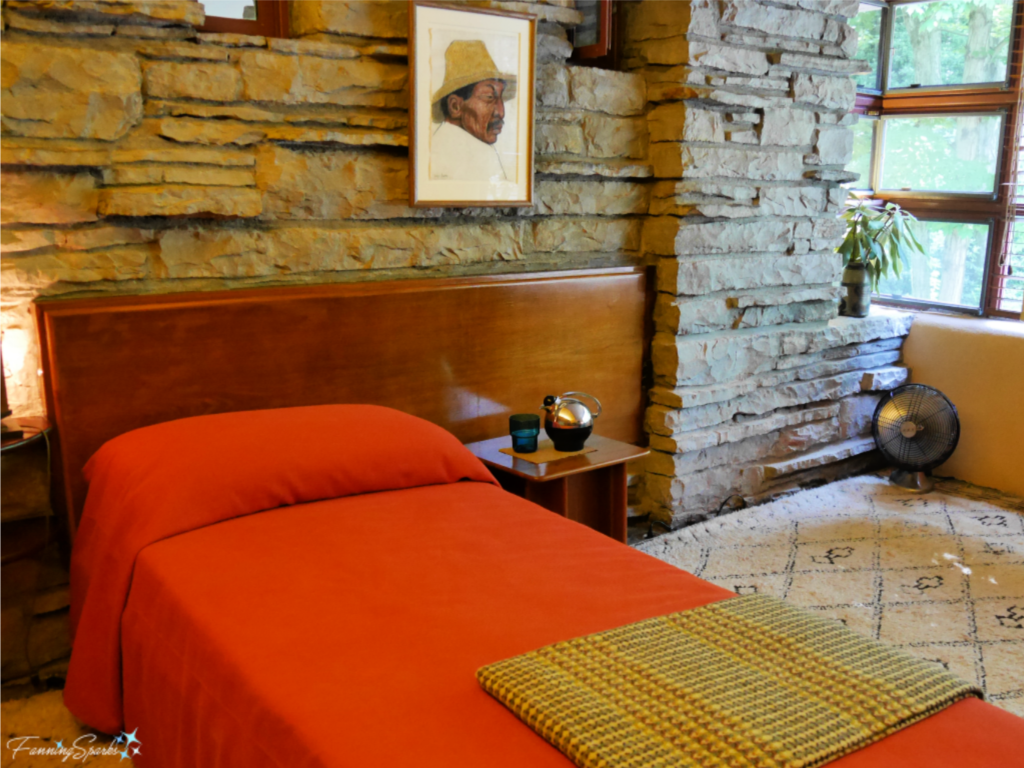 And, yes, that’s an original work (Portrait of a Man ca 1930s) by Diego Rivera who was a prominent Mexican painter. Rivera, a favored artist of the Kaufmann family, visited FallingWater as a guest.
And, yes, that’s an original work (Portrait of a Man ca 1930s) by Diego Rivera who was a prominent Mexican painter. Rivera, a favored artist of the Kaufmann family, visited FallingWater as a guest.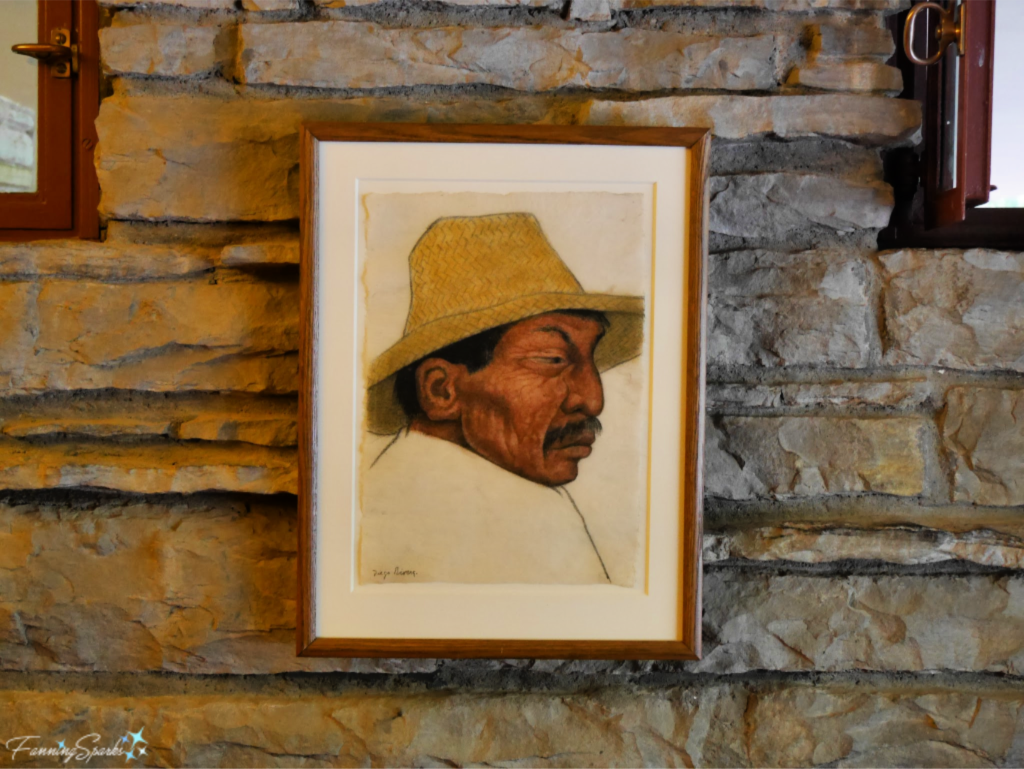 Natural materials – stone and wood – are also prevalent in the dining area.
Natural materials – stone and wood – are also prevalent in the dining area.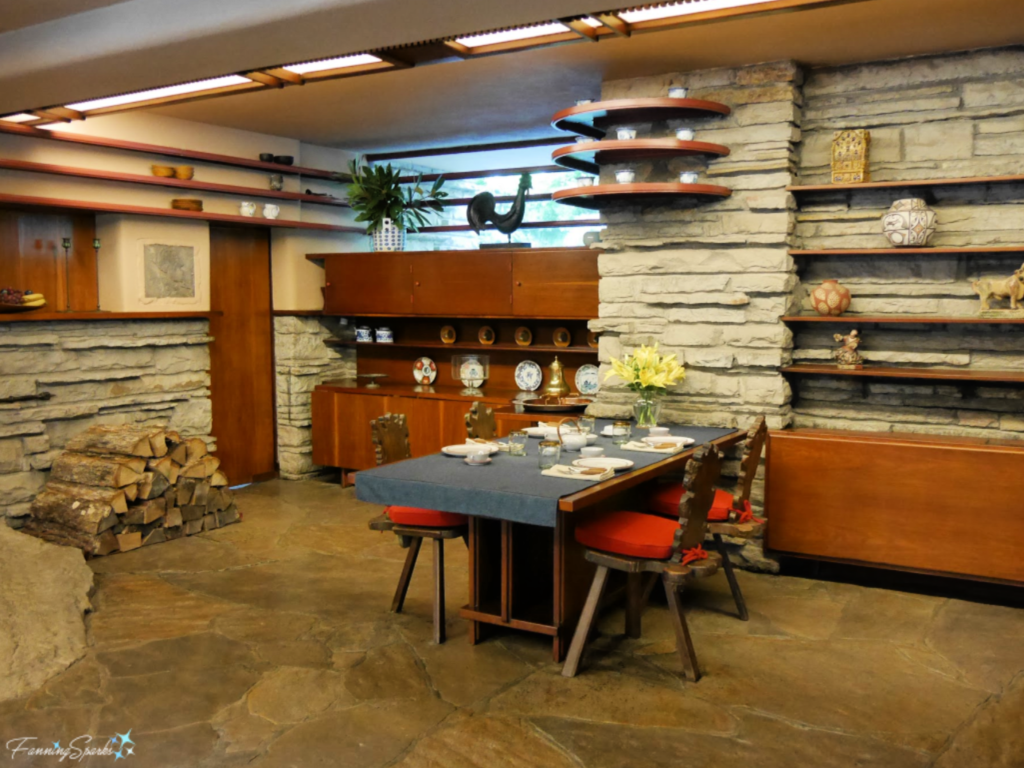 In the below photo, the unusual construction of the fireplace is visible. Wright had the fireplace built on top of the natural rock from Bear Run falls.
In the below photo, the unusual construction of the fireplace is visible. Wright had the fireplace built on top of the natural rock from Bear Run falls.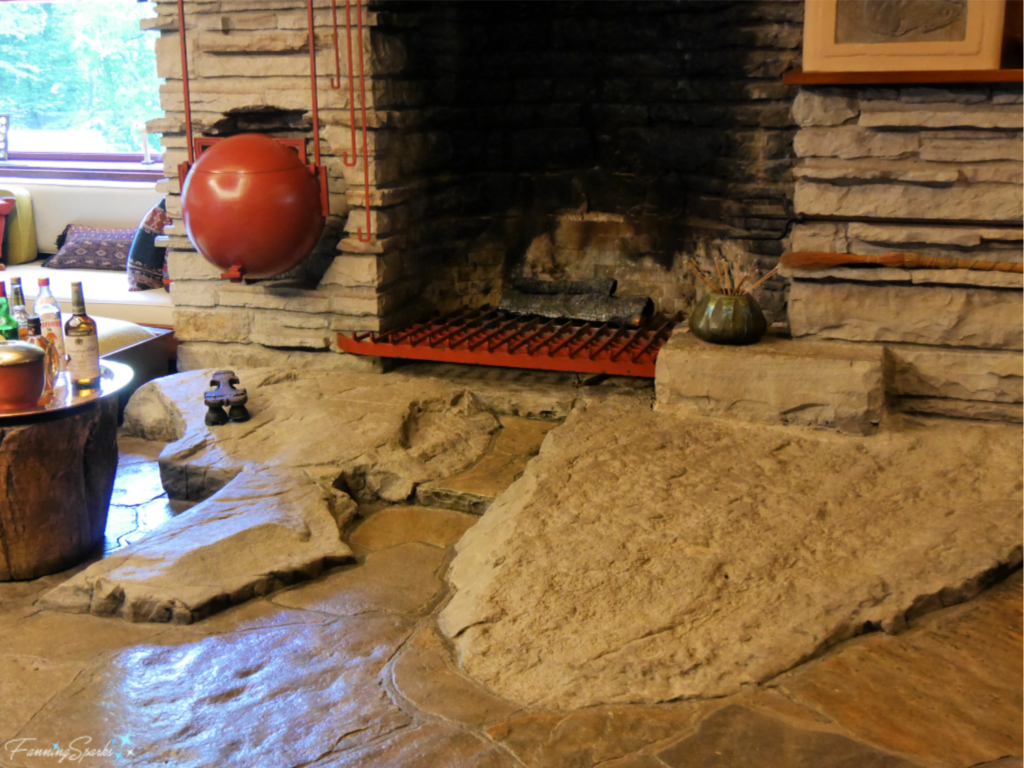 That big red ball to the left of the fireplace? It’s a Wright original meant to be used for heating water. Apparently, the home owners used it only once because it took much too long.
That big red ball to the left of the fireplace? It’s a Wright original meant to be used for heating water. Apparently, the home owners used it only once because it took much too long.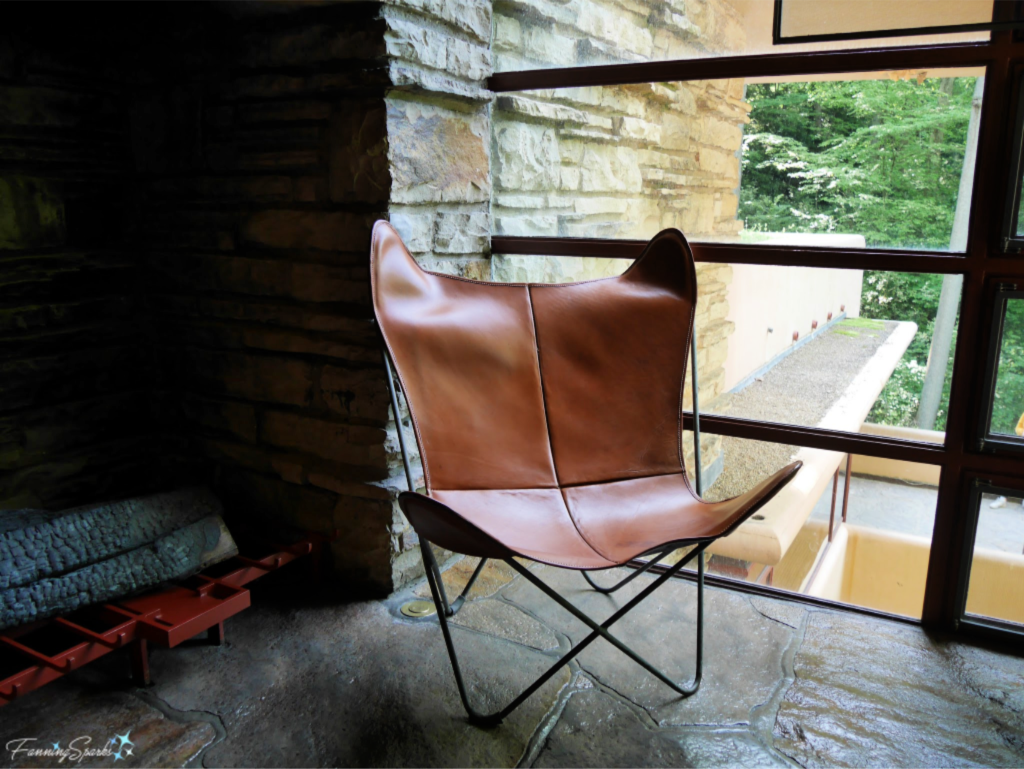
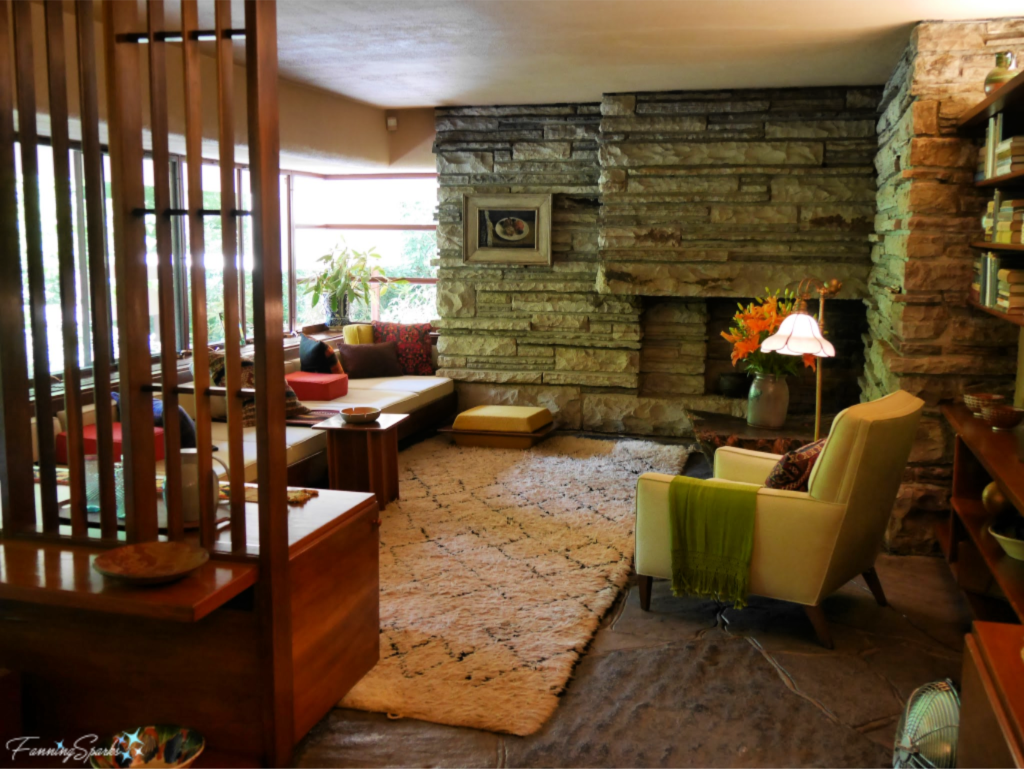 Art Glass
Art Glass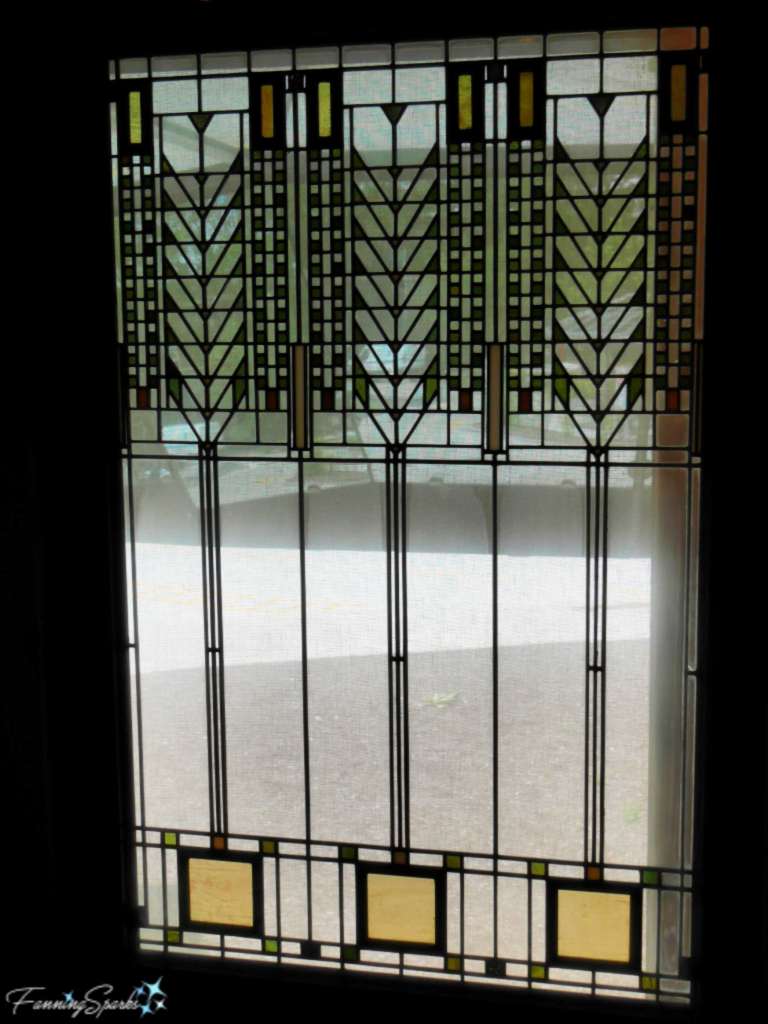
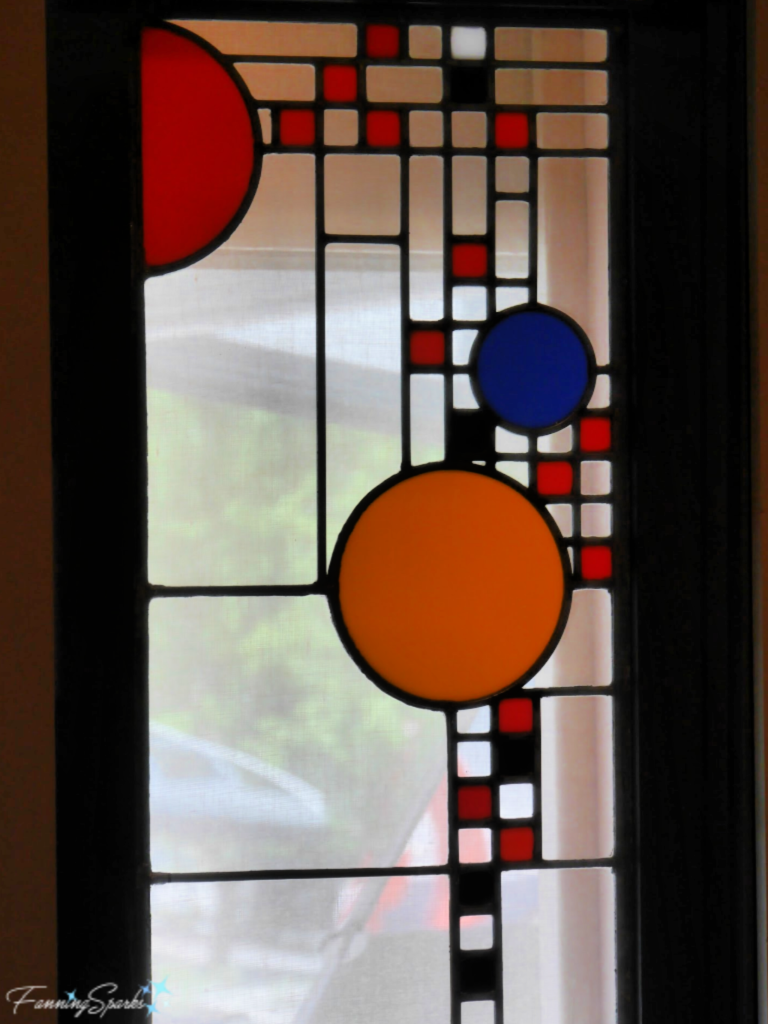
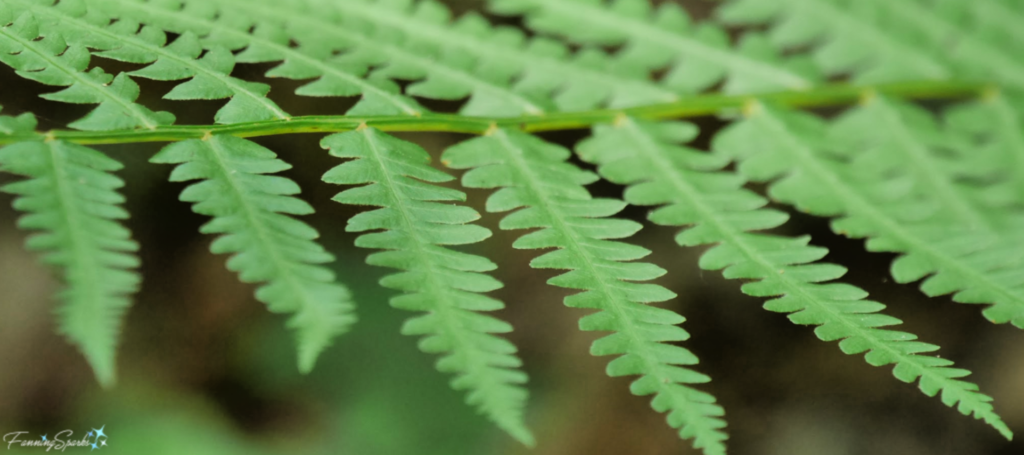
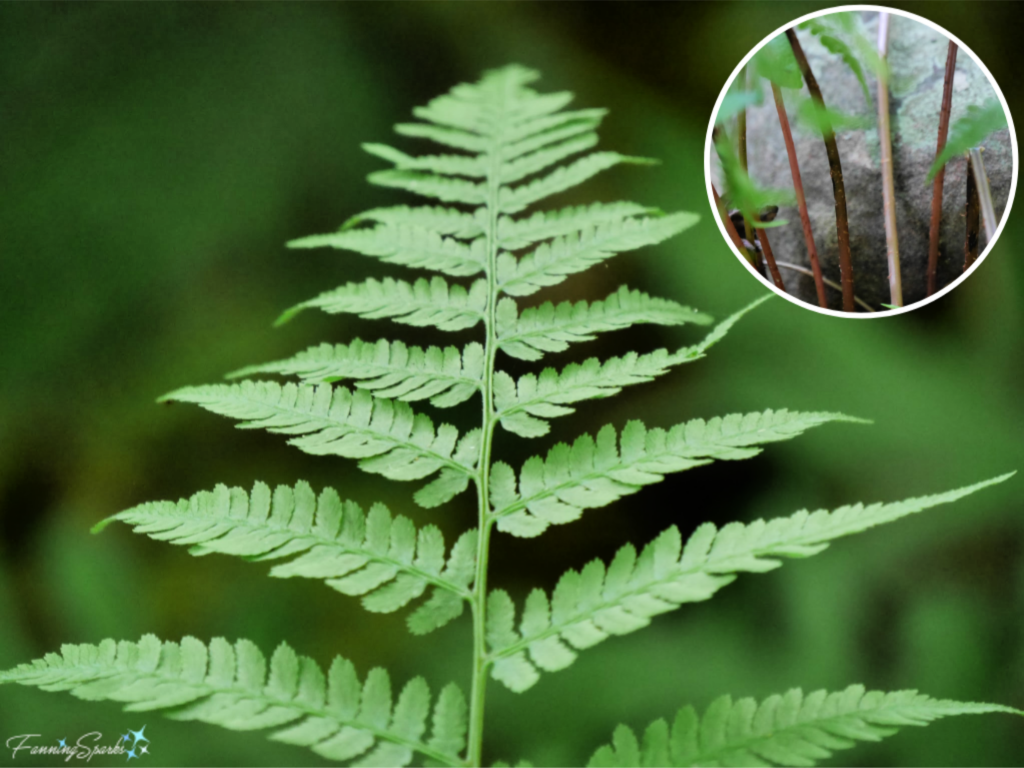
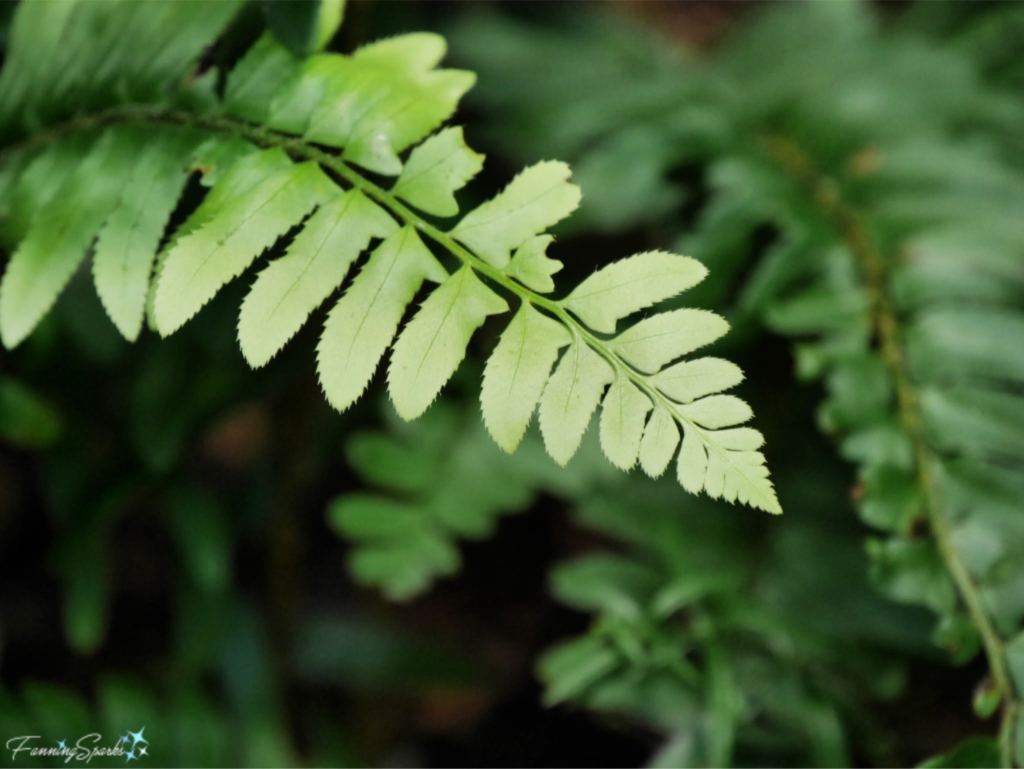
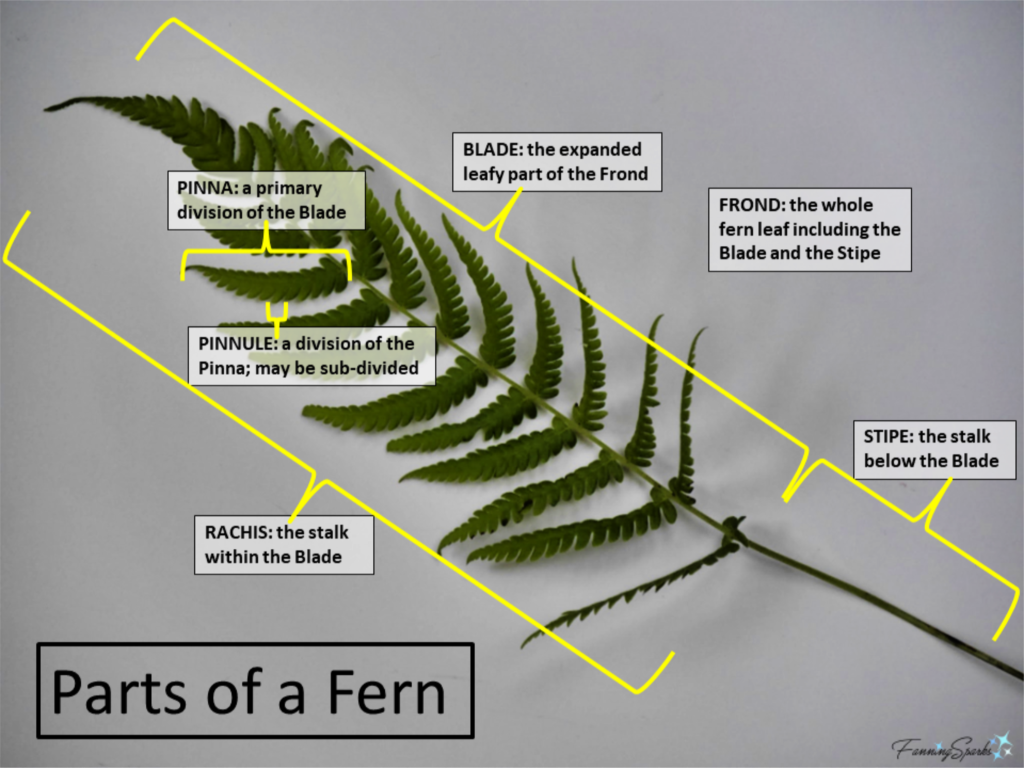
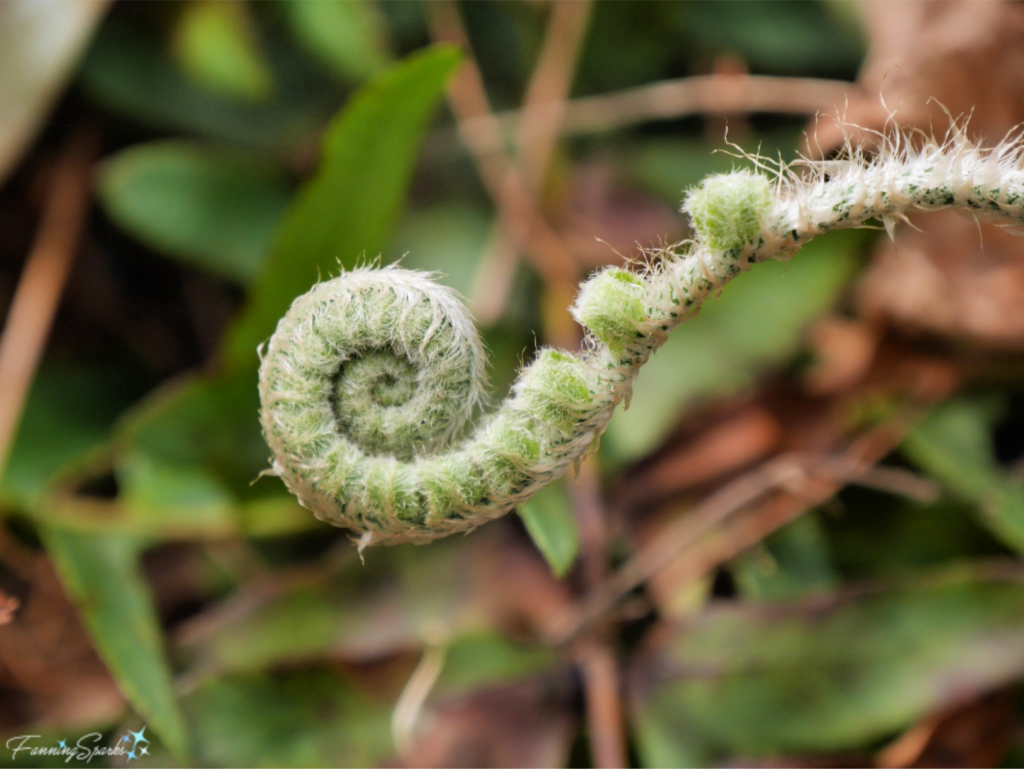
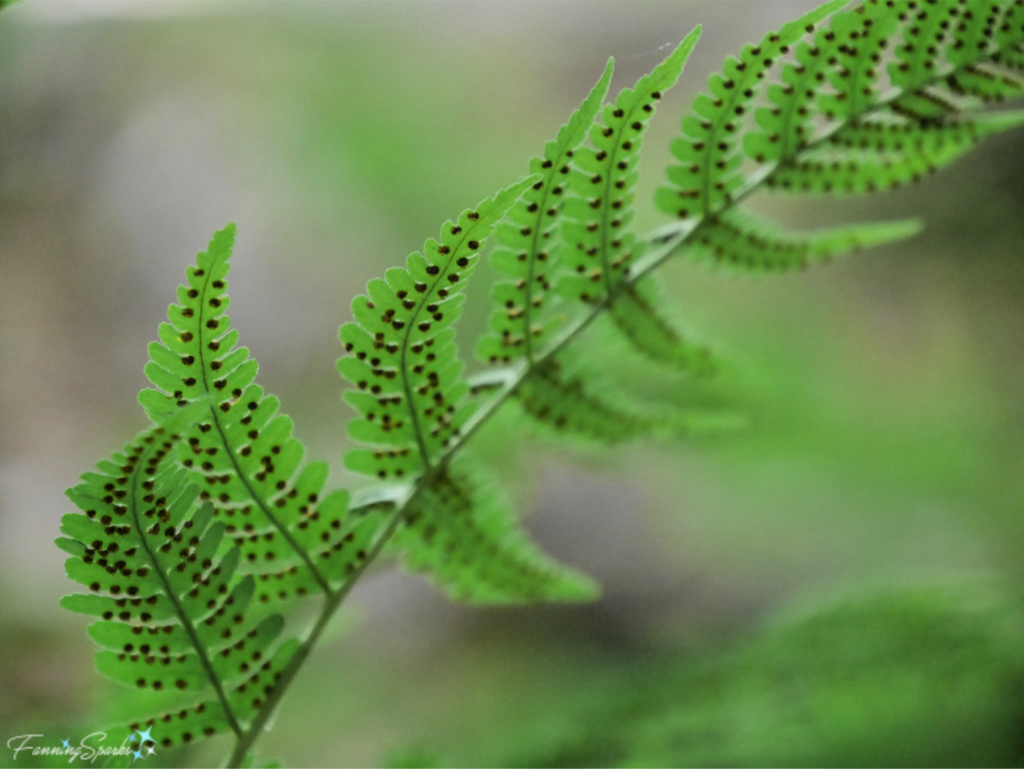
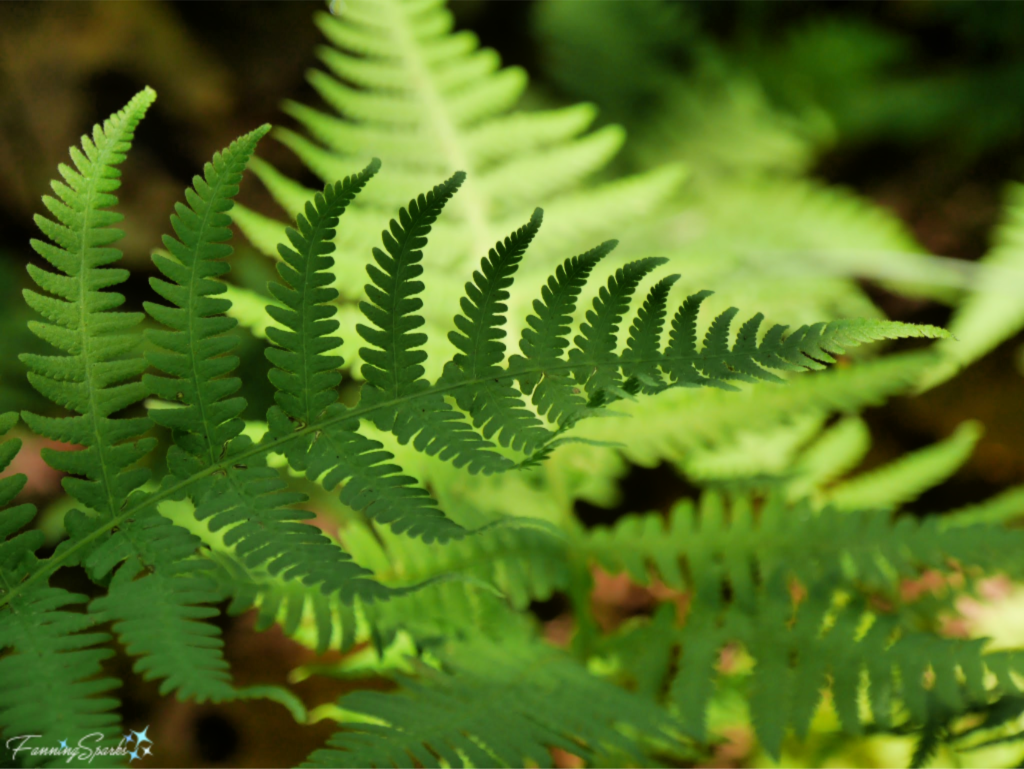

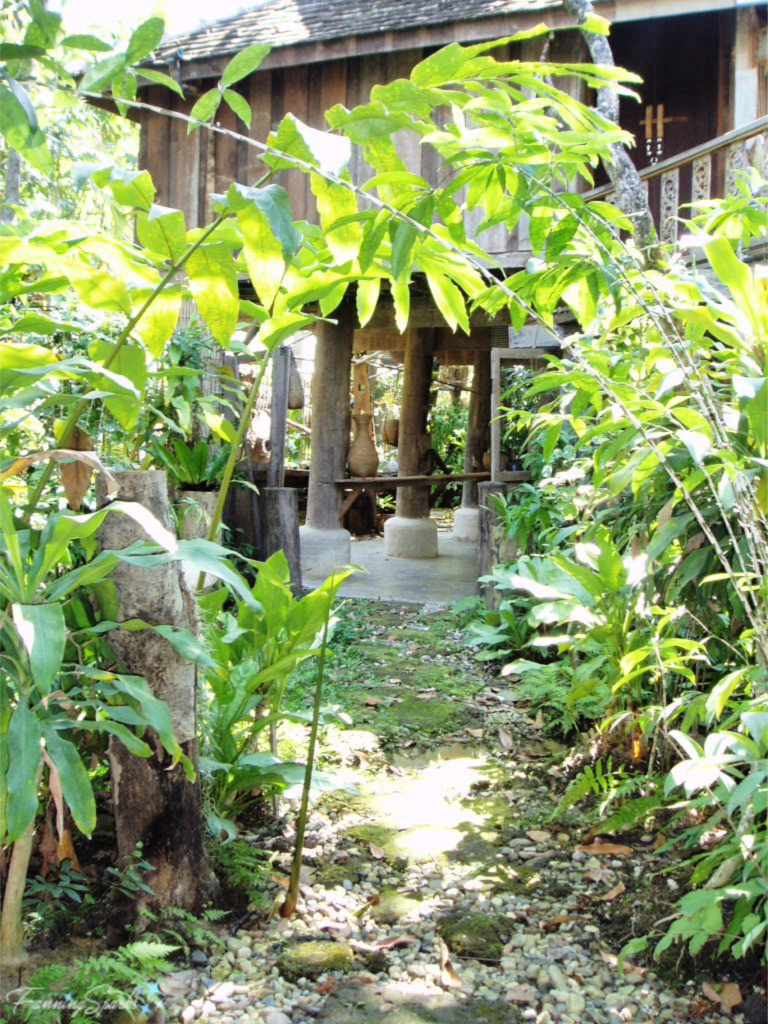
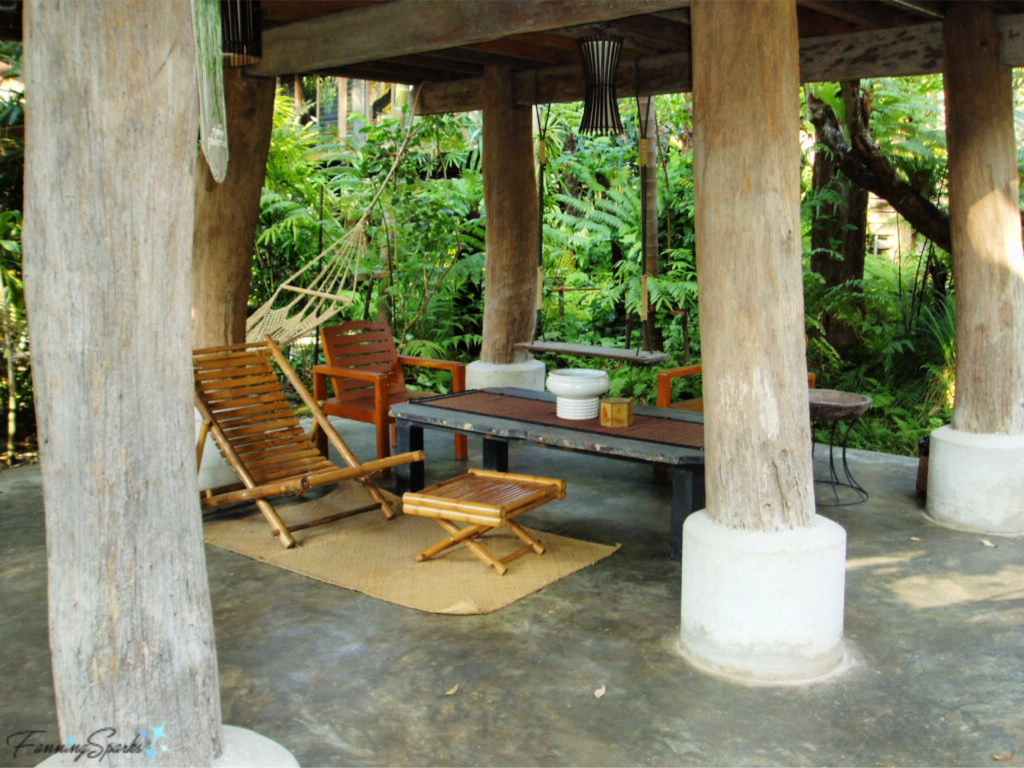
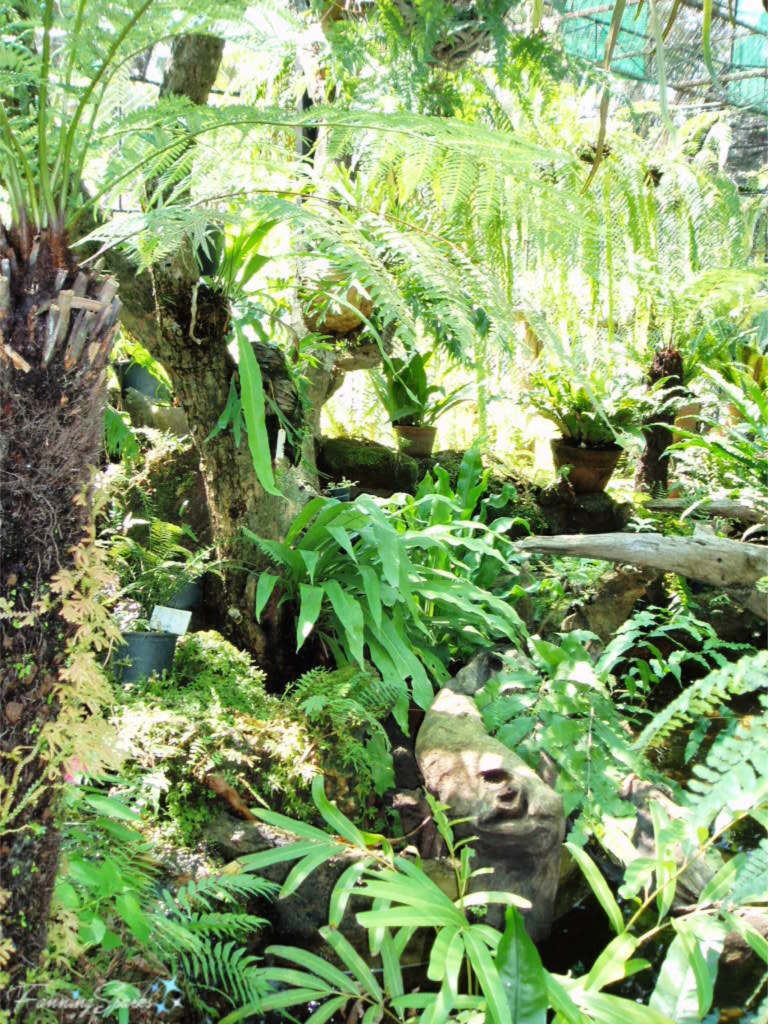

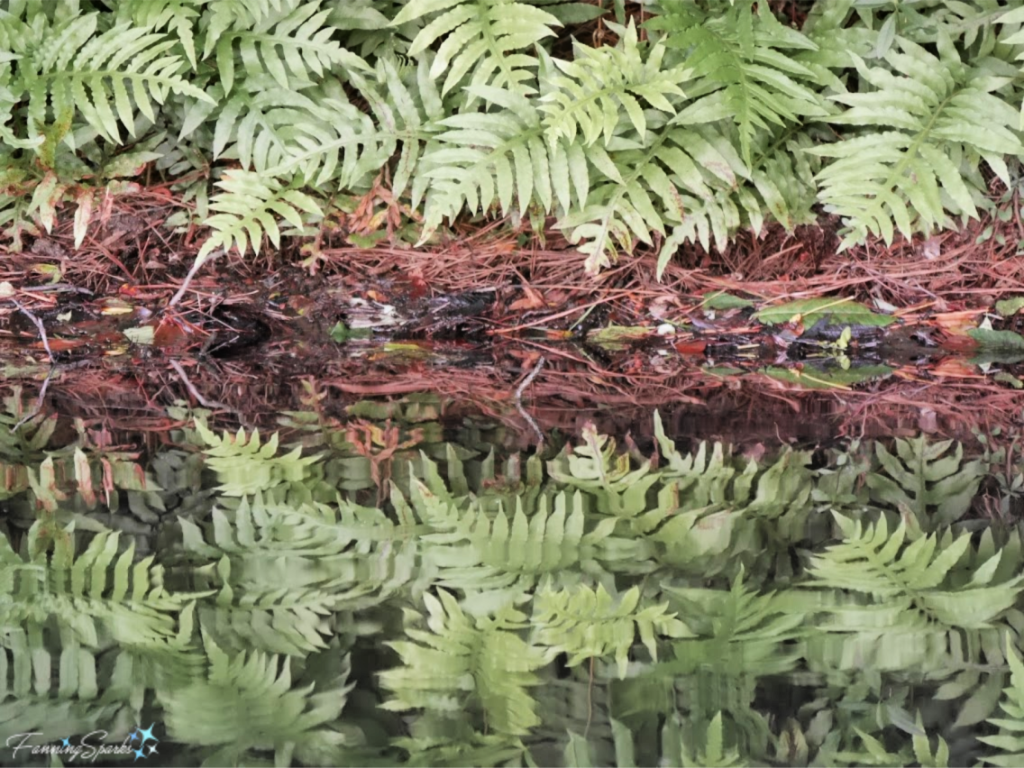

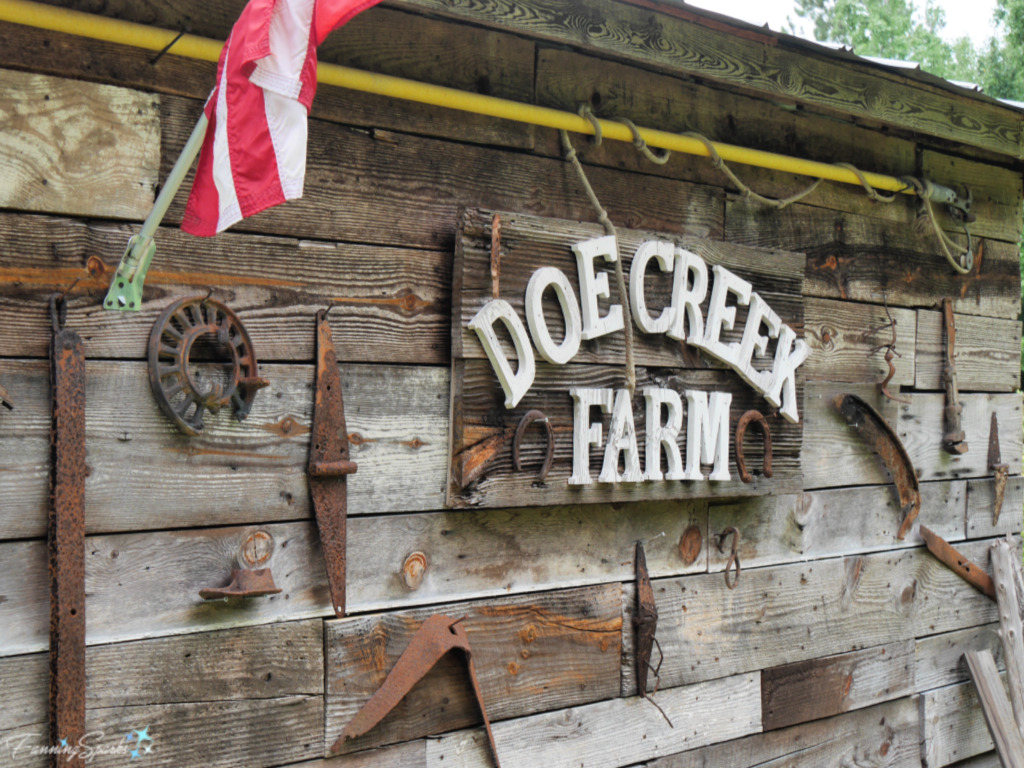
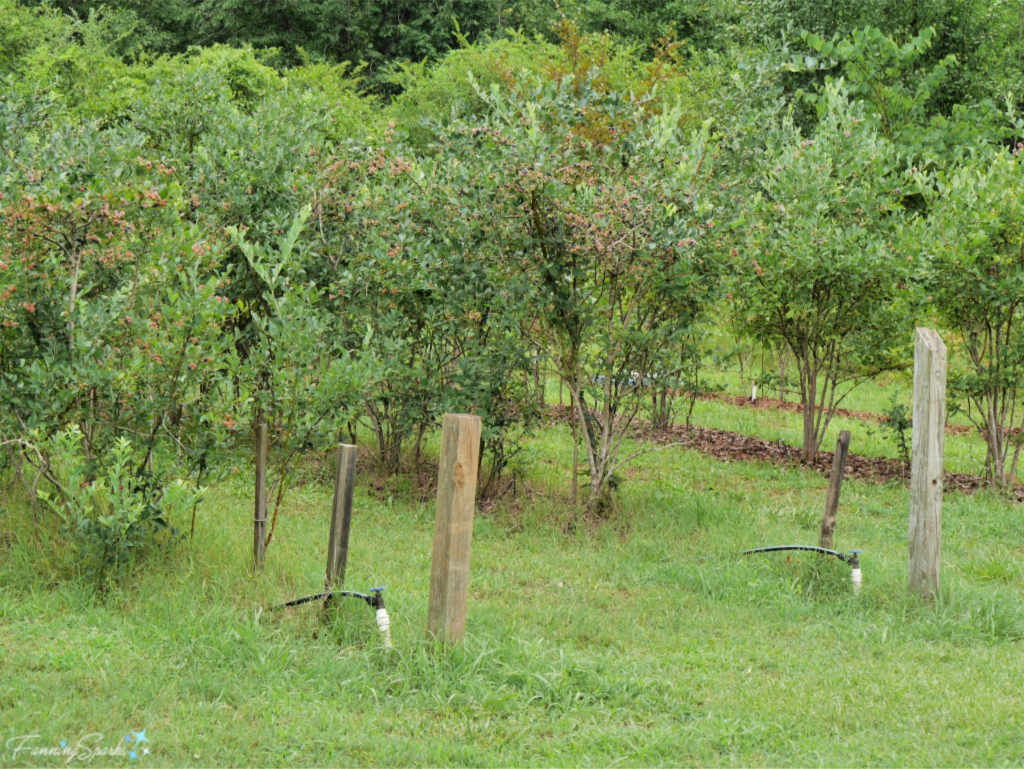
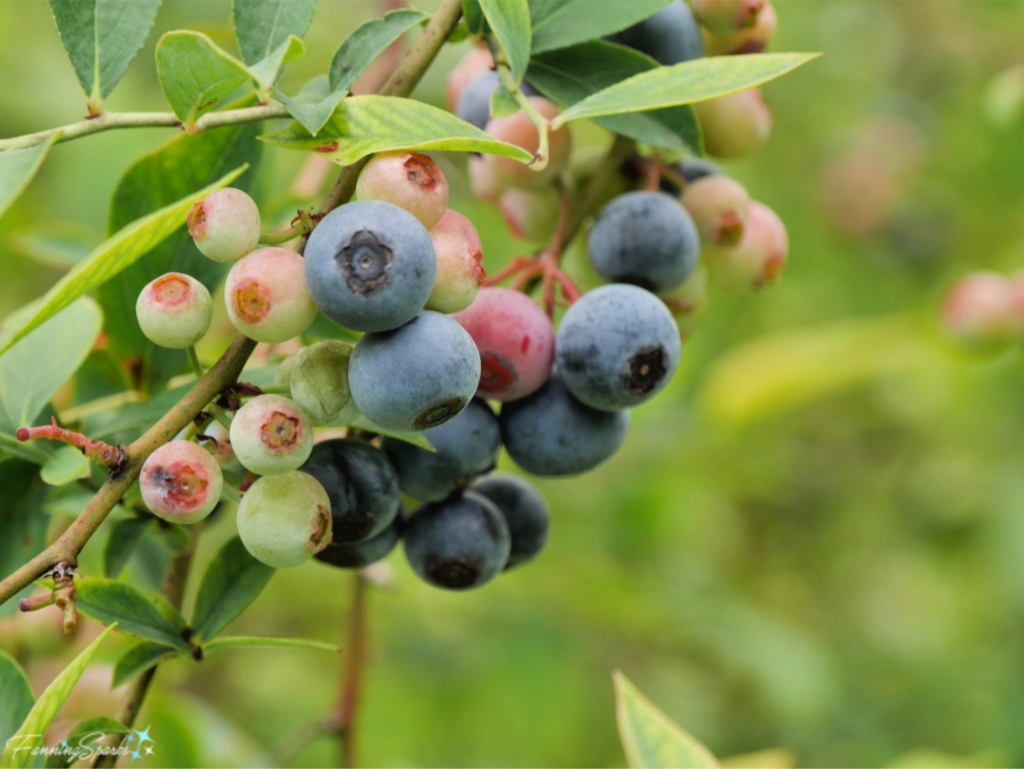
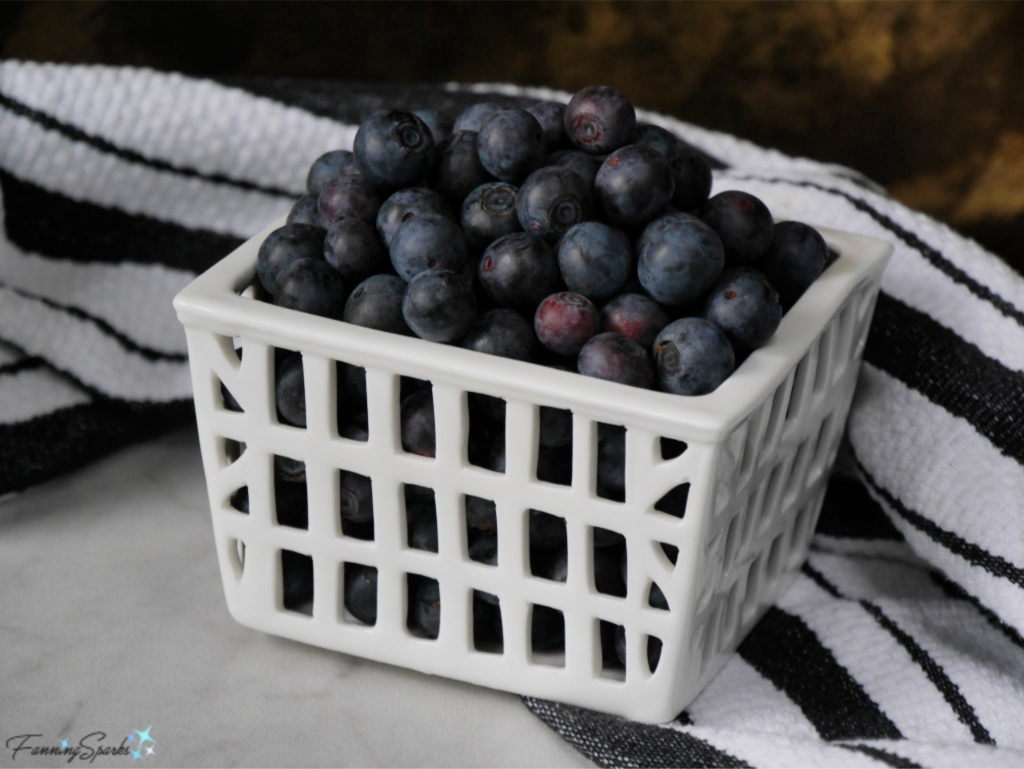
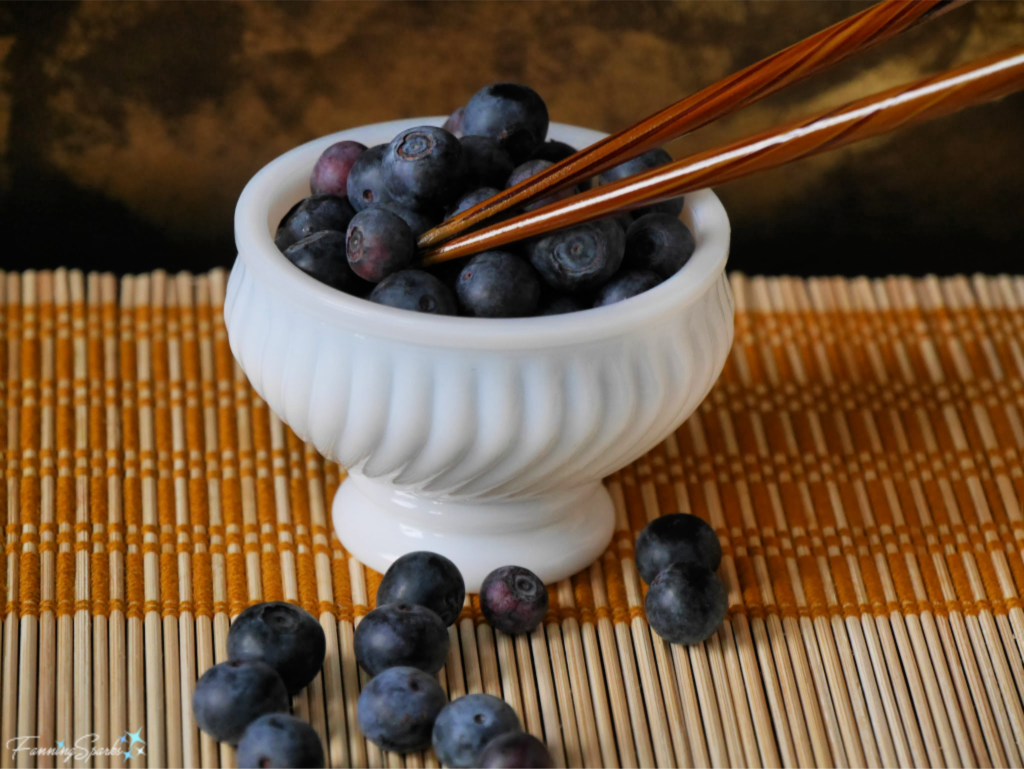
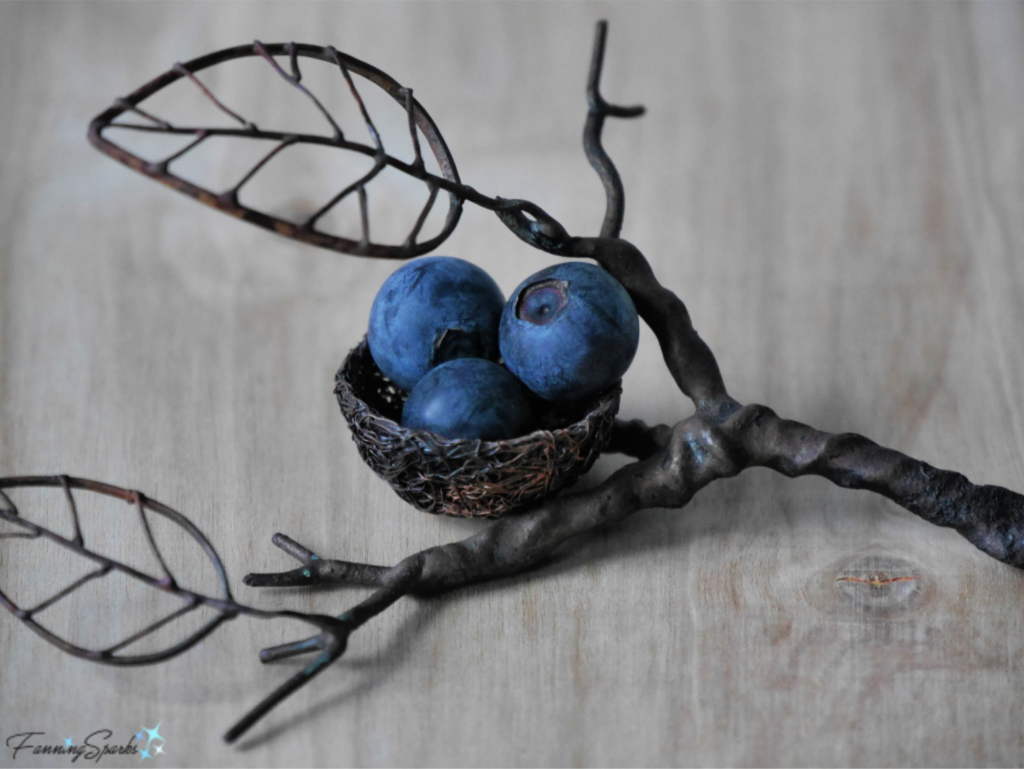
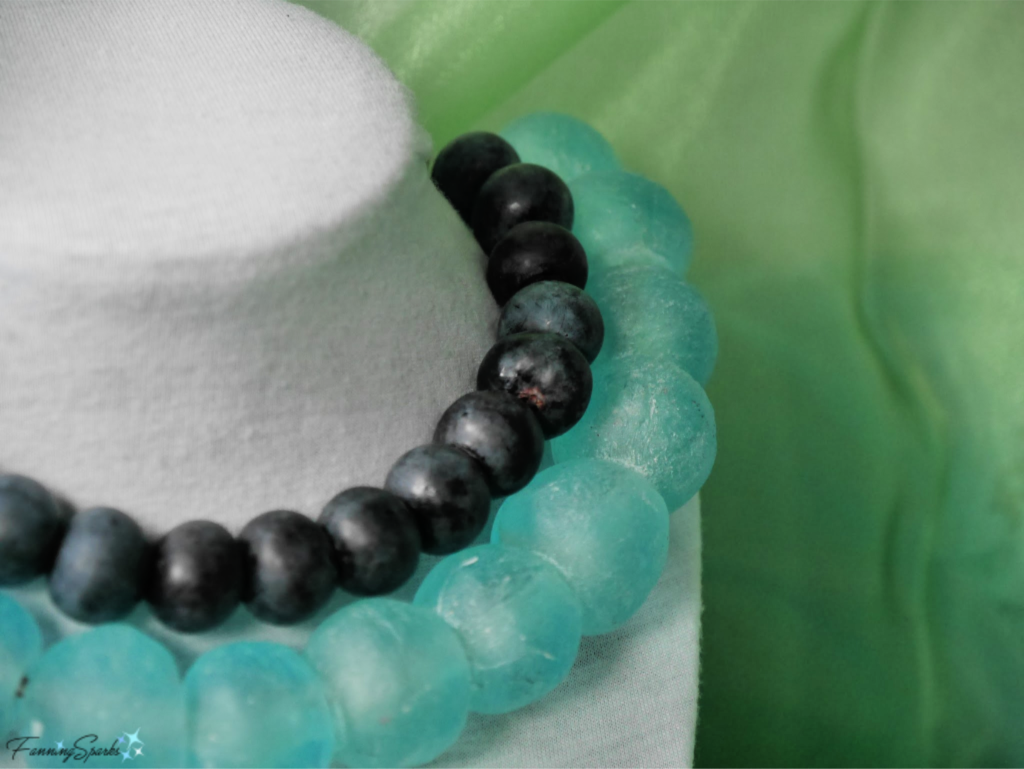
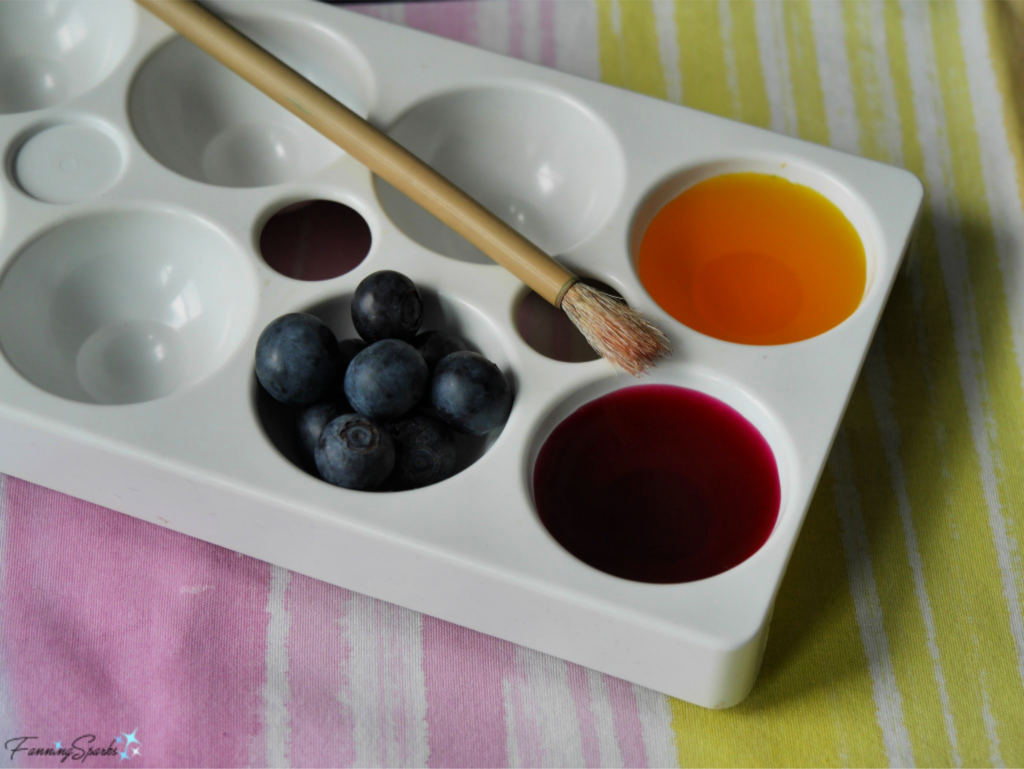
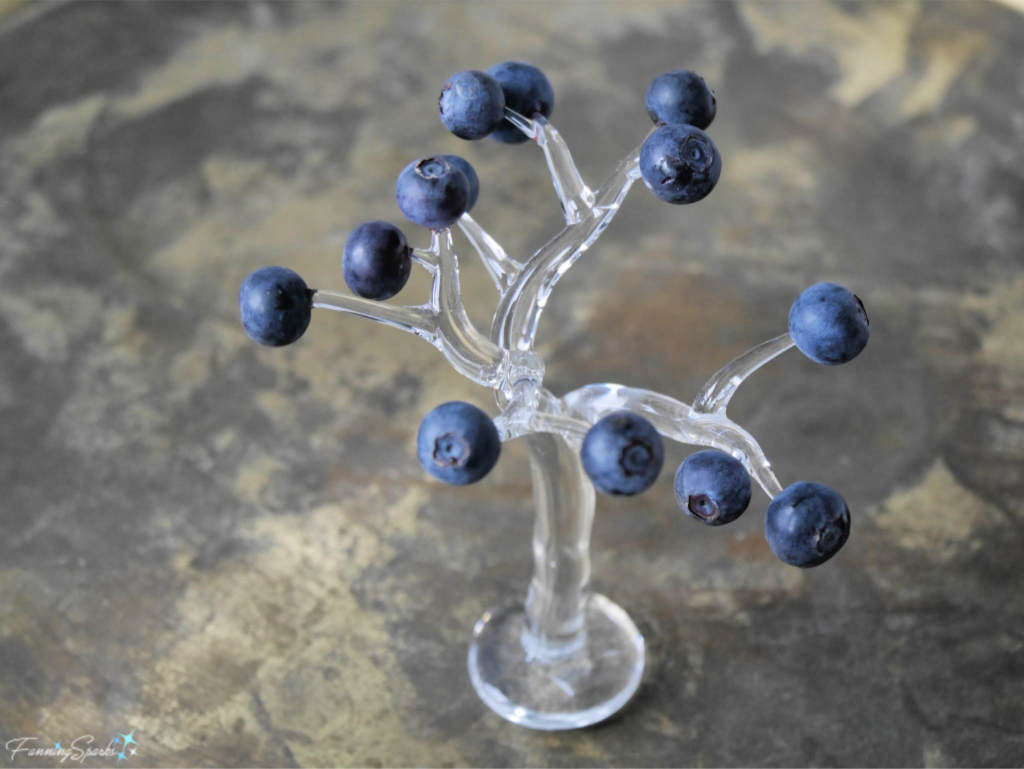
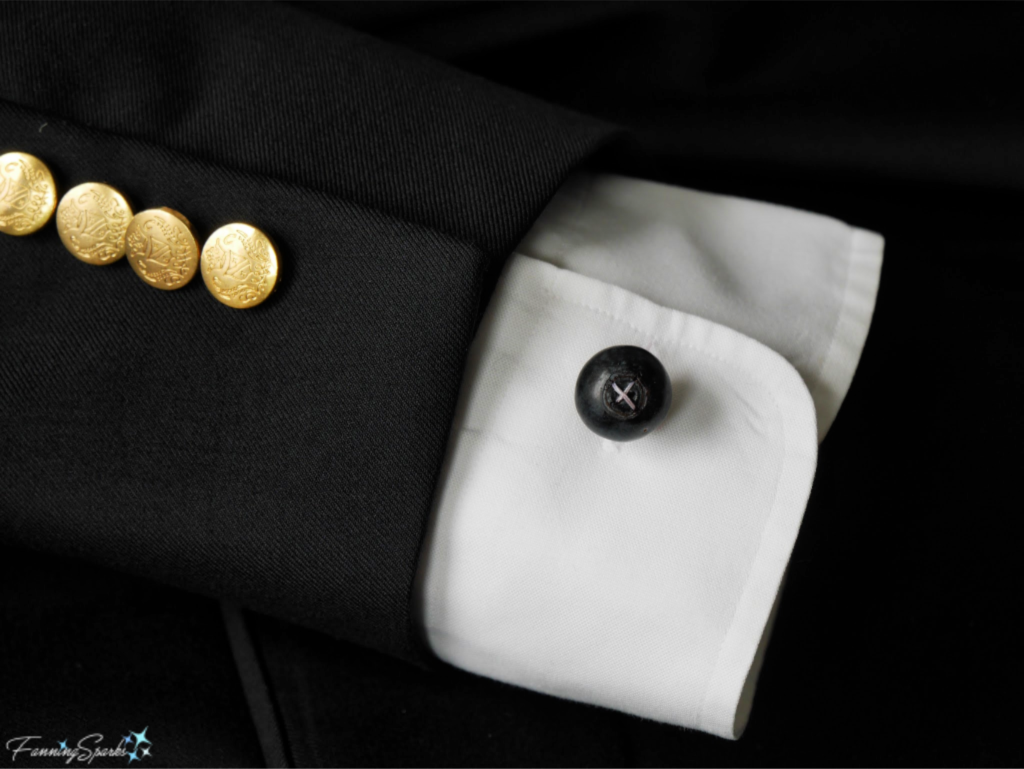
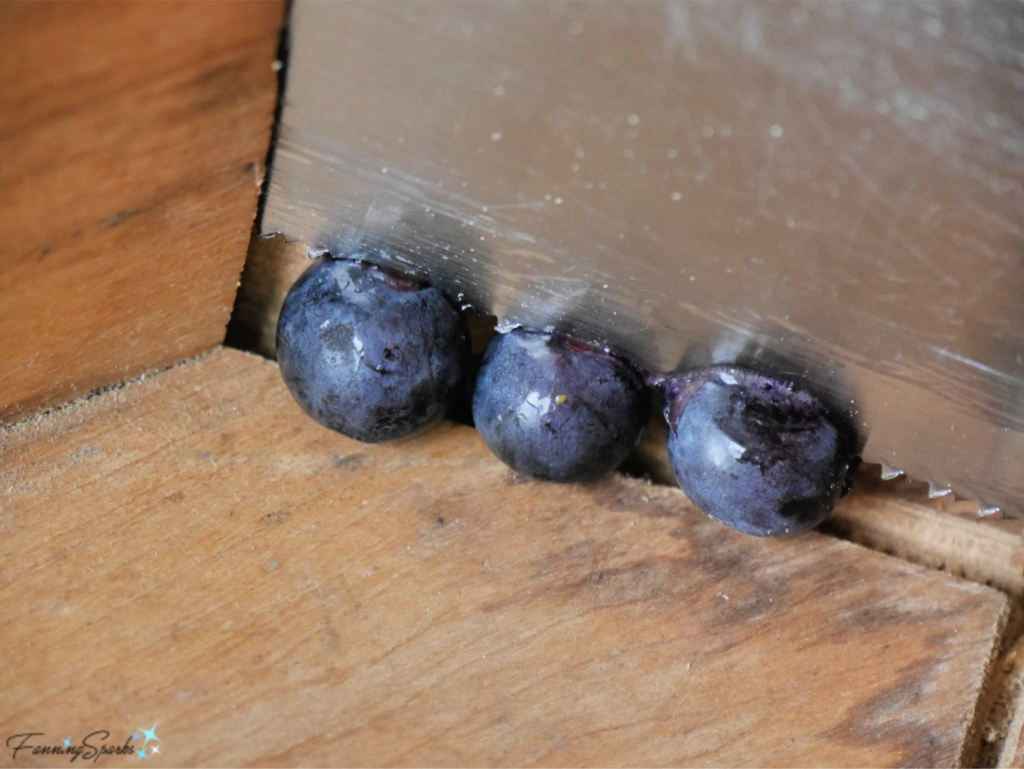
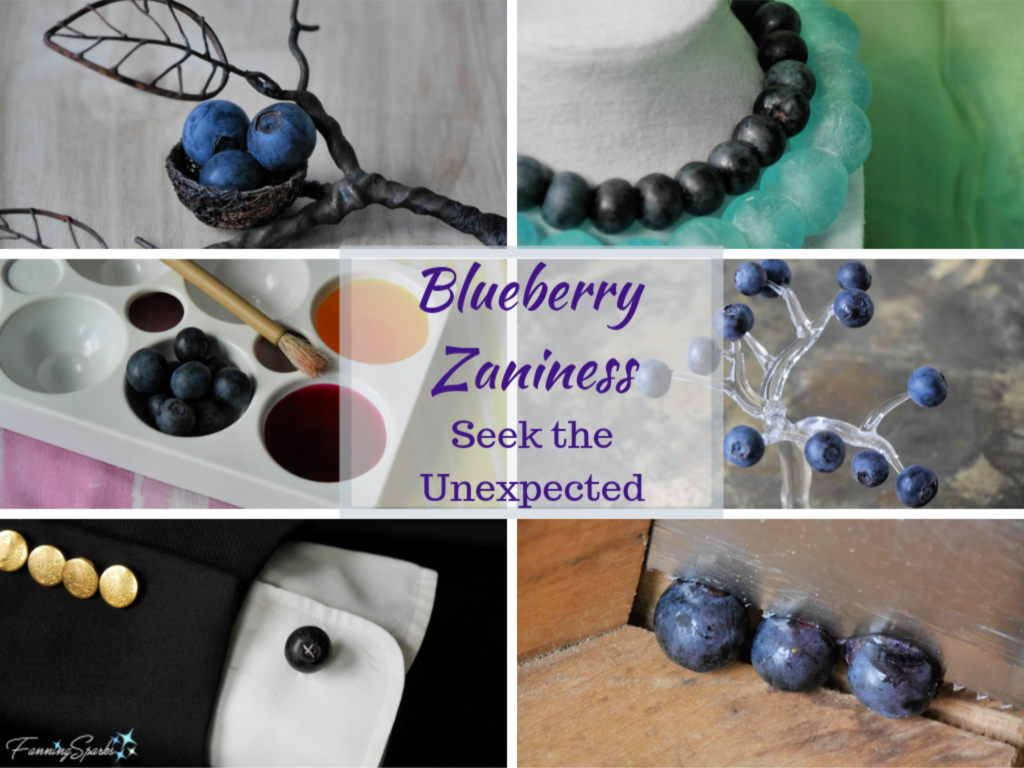
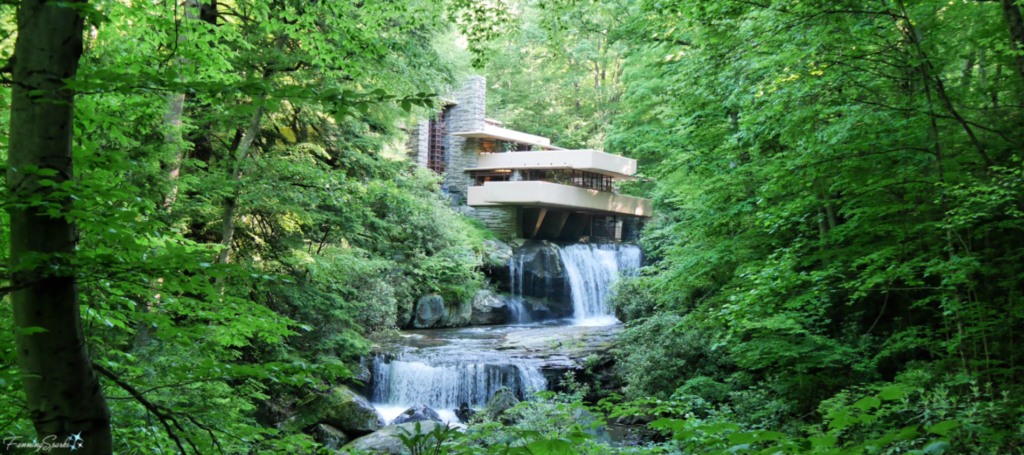
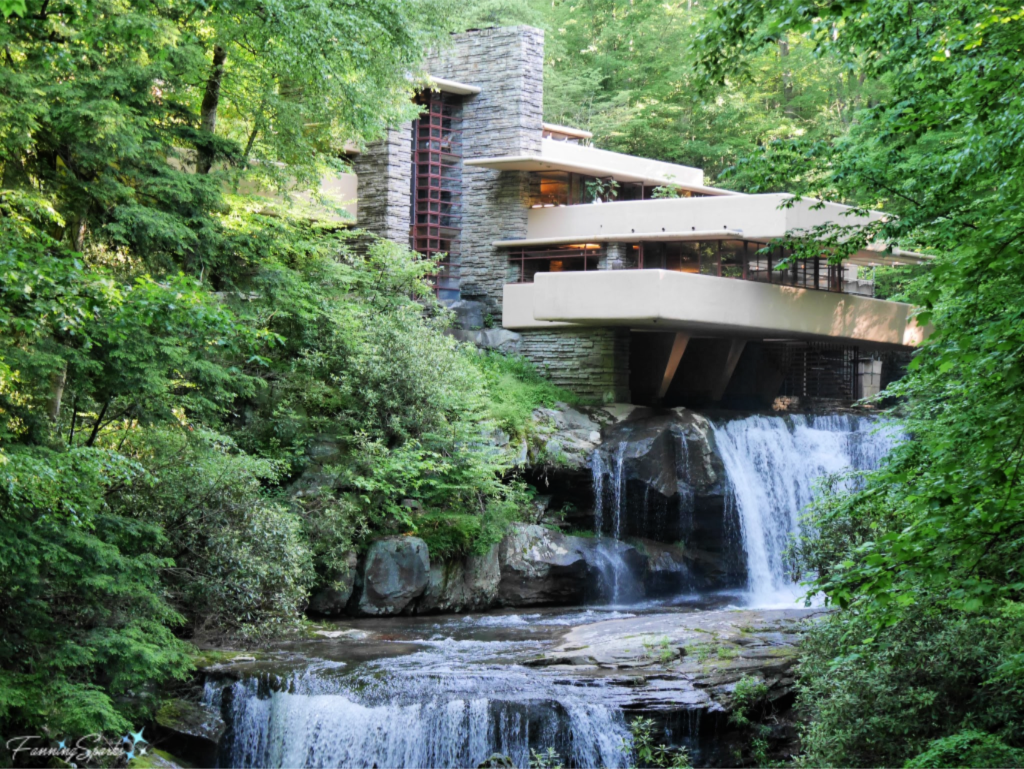 Blurred Lines
Blurred Lines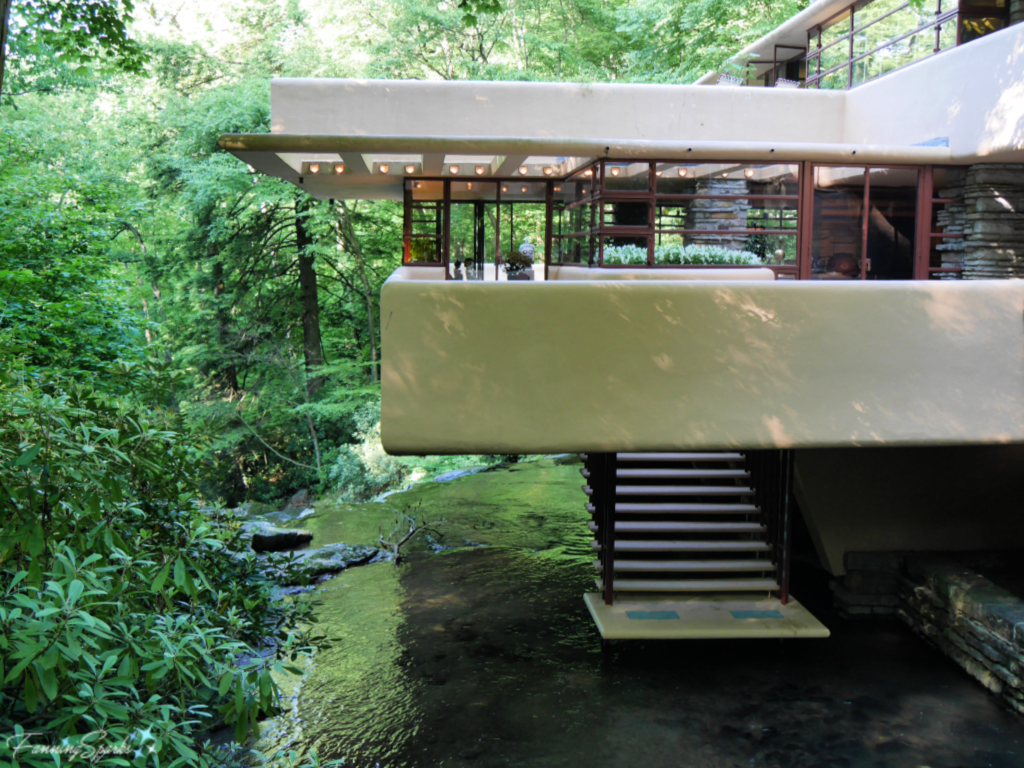 And those stairs that you see coming down to the stream, they are accessed from this glass-enclosed stairwell or hatchway in the living room.
And those stairs that you see coming down to the stream, they are accessed from this glass-enclosed stairwell or hatchway in the living room.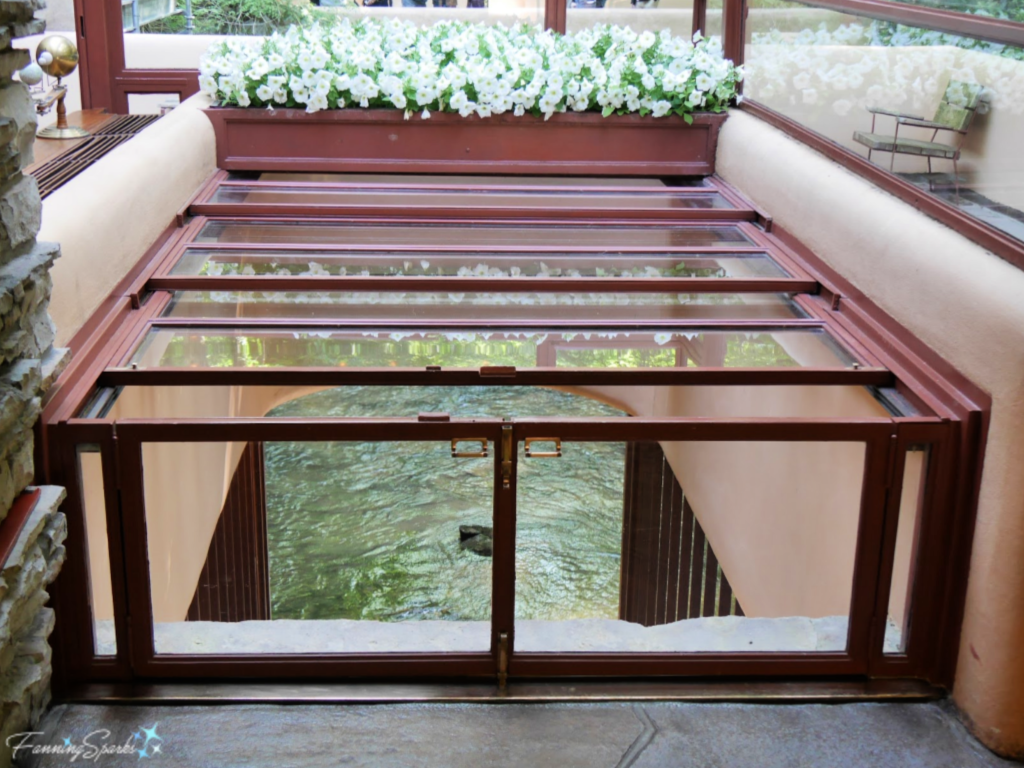 This is a great illustration of one of Wright’s philosophies. He liked to blur interior and exterior space by making the interior decor complement the exterior. The idea of “bringing the outside in” is still popular today. It’s fascinating to see how Wright accomplished this nearly a hundred years ago.
This is a great illustration of one of Wright’s philosophies. He liked to blur interior and exterior space by making the interior decor complement the exterior. The idea of “bringing the outside in” is still popular today. It’s fascinating to see how Wright accomplished this nearly a hundred years ago.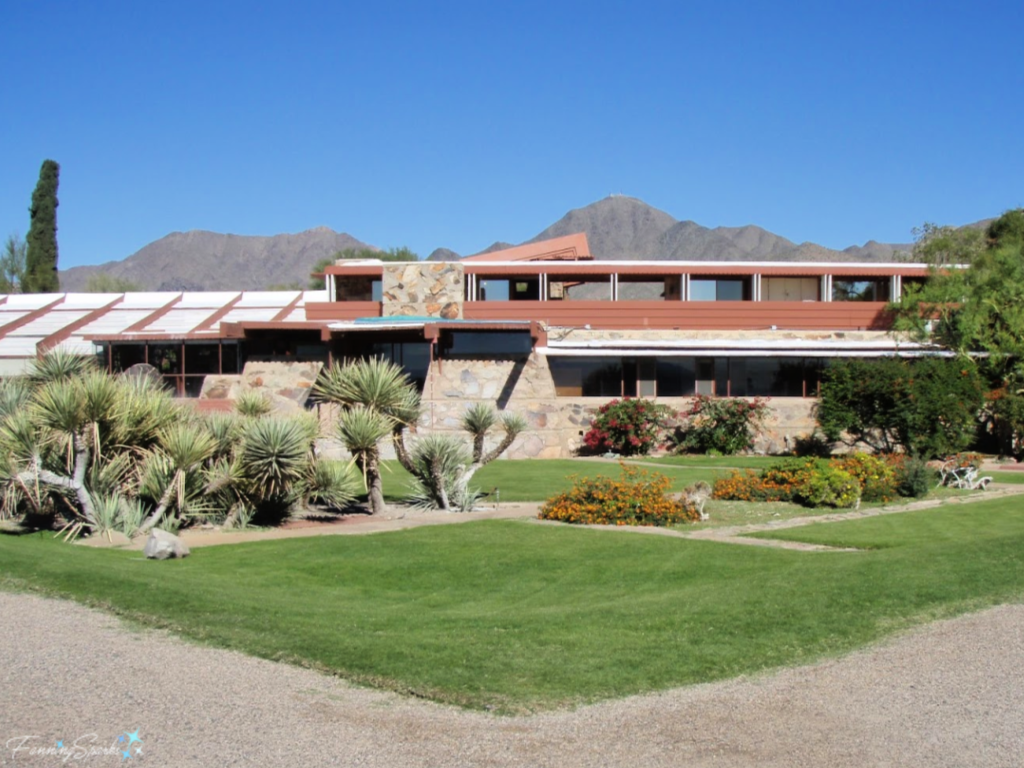 These same horizontal planes are a strong design element in Robie House in Chicago. Robie House is considered the finest example of the “Prairie Style” of architecture which Wright created in the early 1900s.
These same horizontal planes are a strong design element in Robie House in Chicago. Robie House is considered the finest example of the “Prairie Style” of architecture which Wright created in the early 1900s.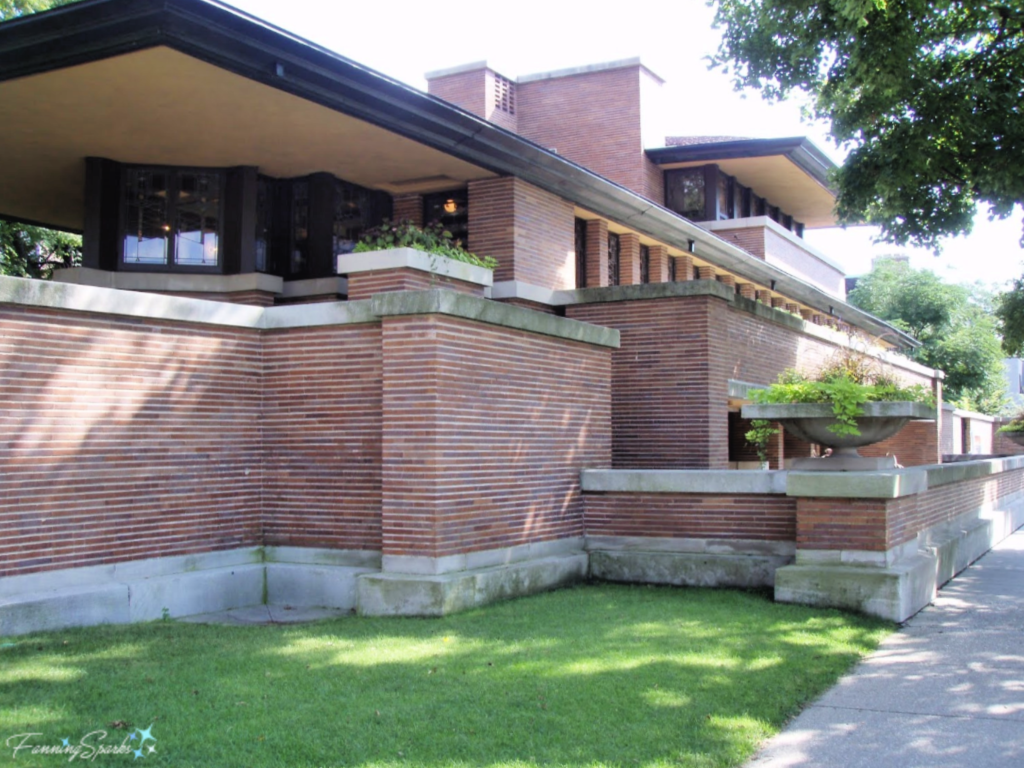 Rosenbaum House in Florence, Alabama continues with horizontal planes and rectangular shapes. Rosenbaum is an example of Wright’s Usonian style. His Usonian vision was to make home ownership affordable for the American middle class. To accomplish this, he simplified his design (eg by eliminating attics and basements) and reduced construction costs (eg by eliminating the need for specialized labor).
Rosenbaum House in Florence, Alabama continues with horizontal planes and rectangular shapes. Rosenbaum is an example of Wright’s Usonian style. His Usonian vision was to make home ownership affordable for the American middle class. To accomplish this, he simplified his design (eg by eliminating attics and basements) and reduced construction costs (eg by eliminating the need for specialized labor).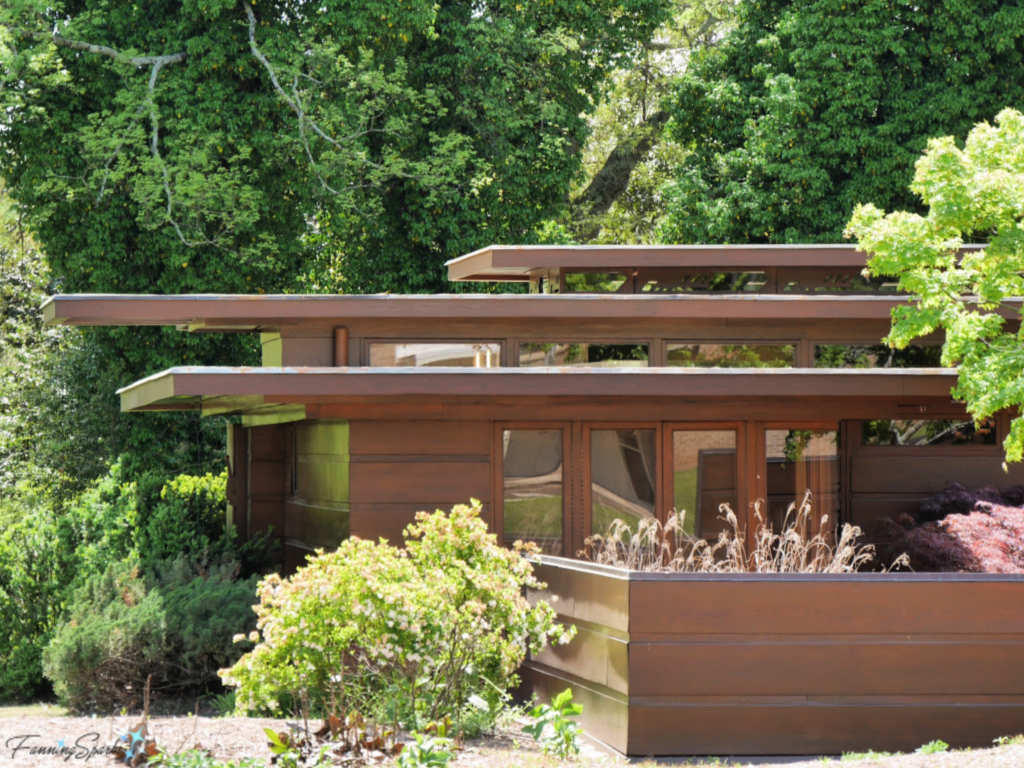 Natural Materials
Natural Materials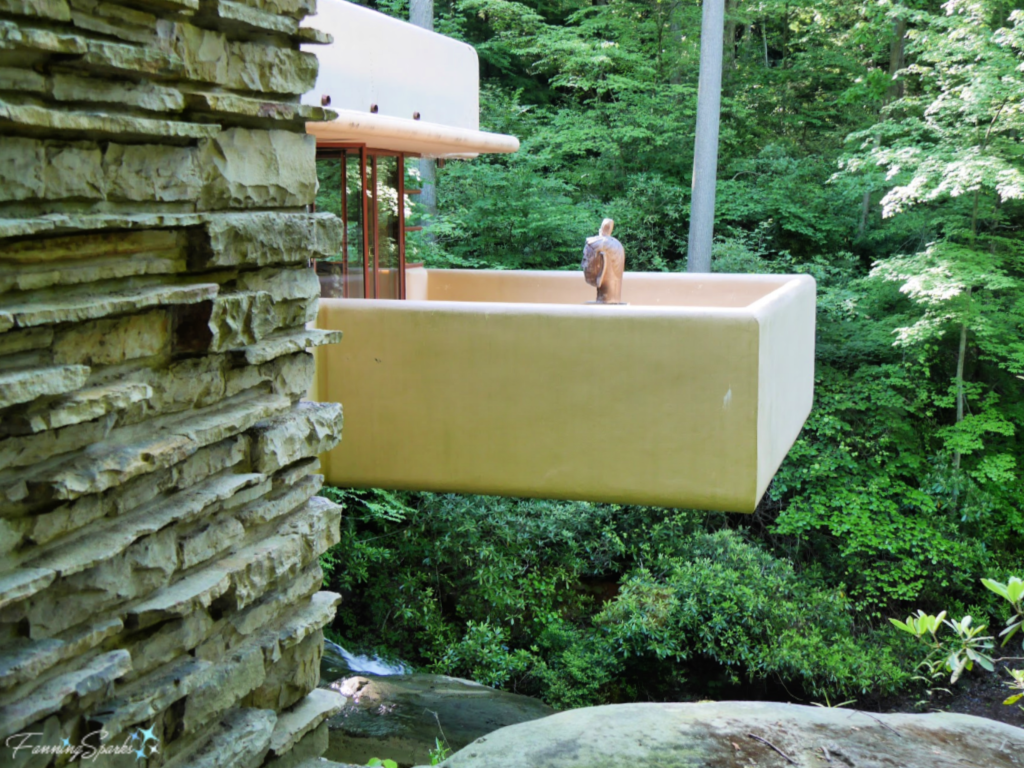 He used a similar approach at Taliesin in Spring Green, Wisconsin where he chose local yellow limestone and river sand to construct the walls. Taliesin is of particular interest because it was Wright’s home, studio, and garden sanctuary for over 30 years. He used Taliesin as a laboratory for architecture and design and started his school of architecture there. This was the first Frank Lloyd Wright home I had the opportunity to visit.
He used a similar approach at Taliesin in Spring Green, Wisconsin where he chose local yellow limestone and river sand to construct the walls. Taliesin is of particular interest because it was Wright’s home, studio, and garden sanctuary for over 30 years. He used Taliesin as a laboratory for architecture and design and started his school of architecture there. This was the first Frank Lloyd Wright home I had the opportunity to visit.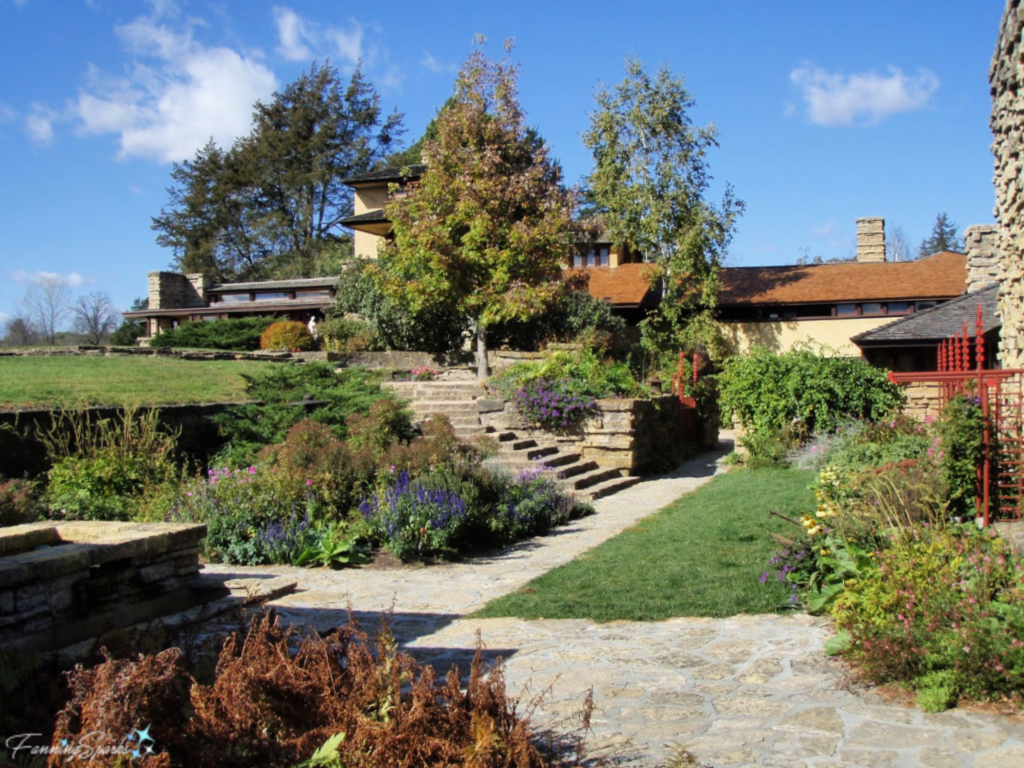 Cantilever Construction
Cantilever Construction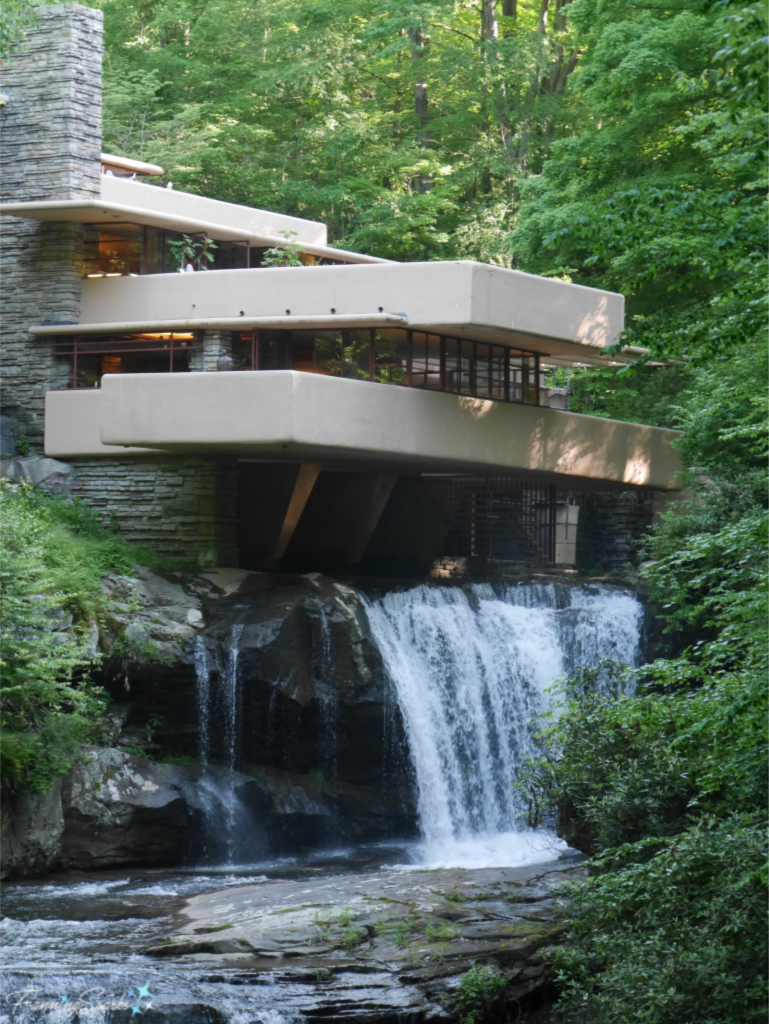 Natural Light
Natural Light
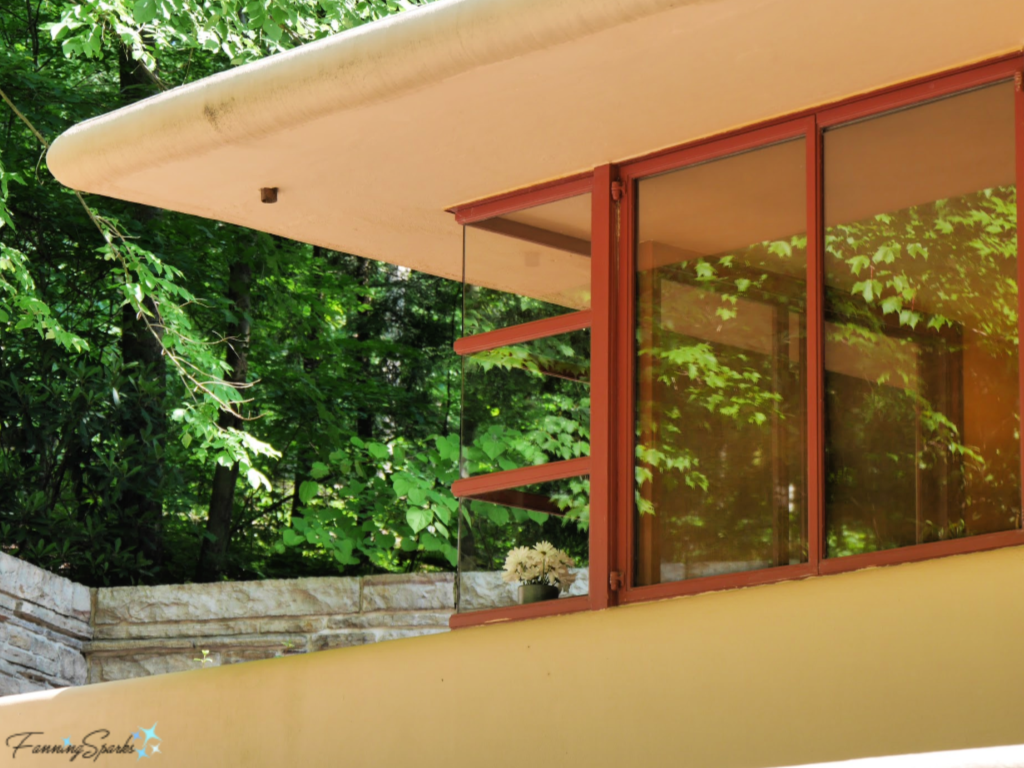 Art Glass
Art Glass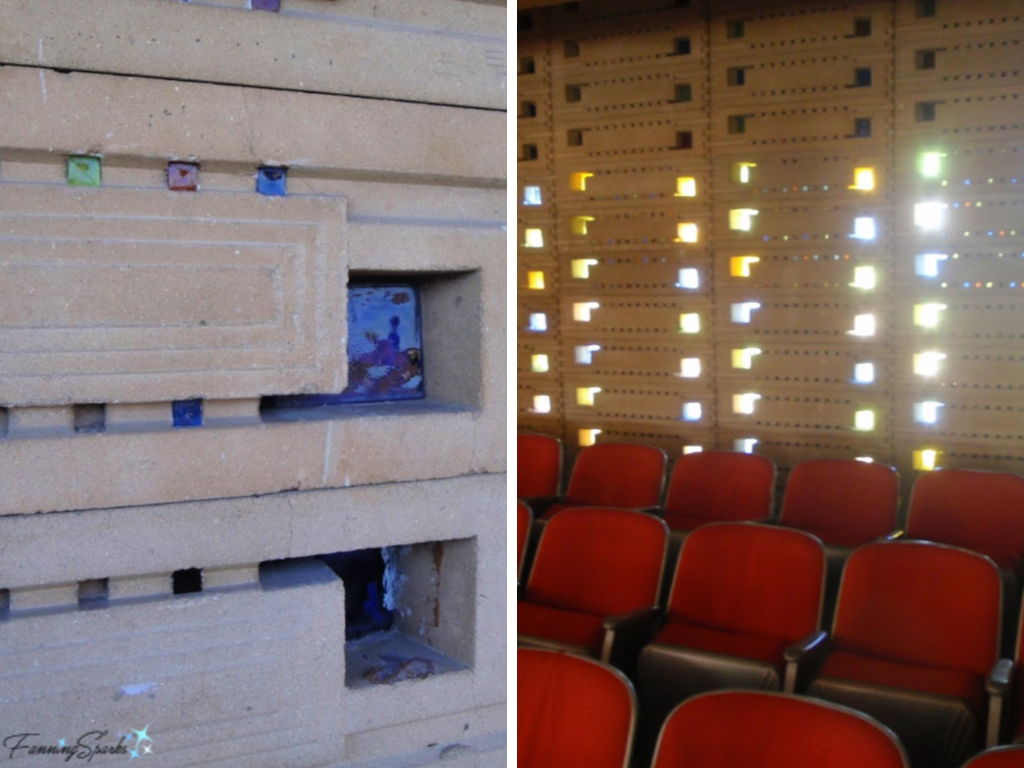 Meanwhile, the front of the chapel has this stunning display of light and color.
Meanwhile, the front of the chapel has this stunning display of light and color.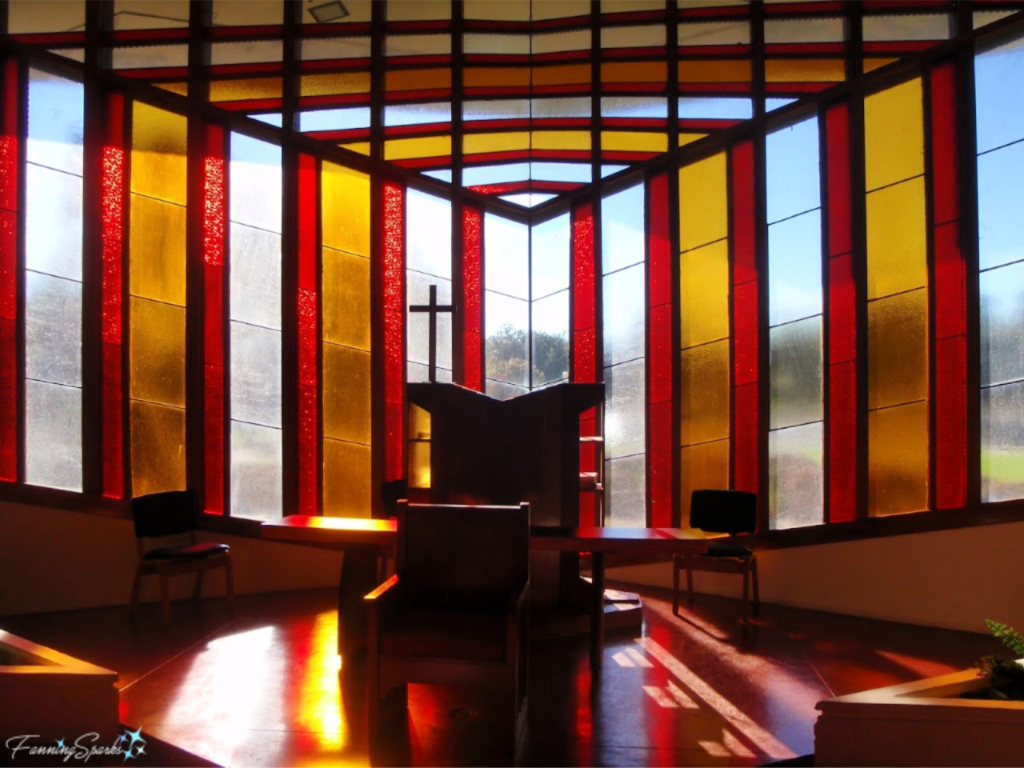 Geometric Shapes
Geometric Shapes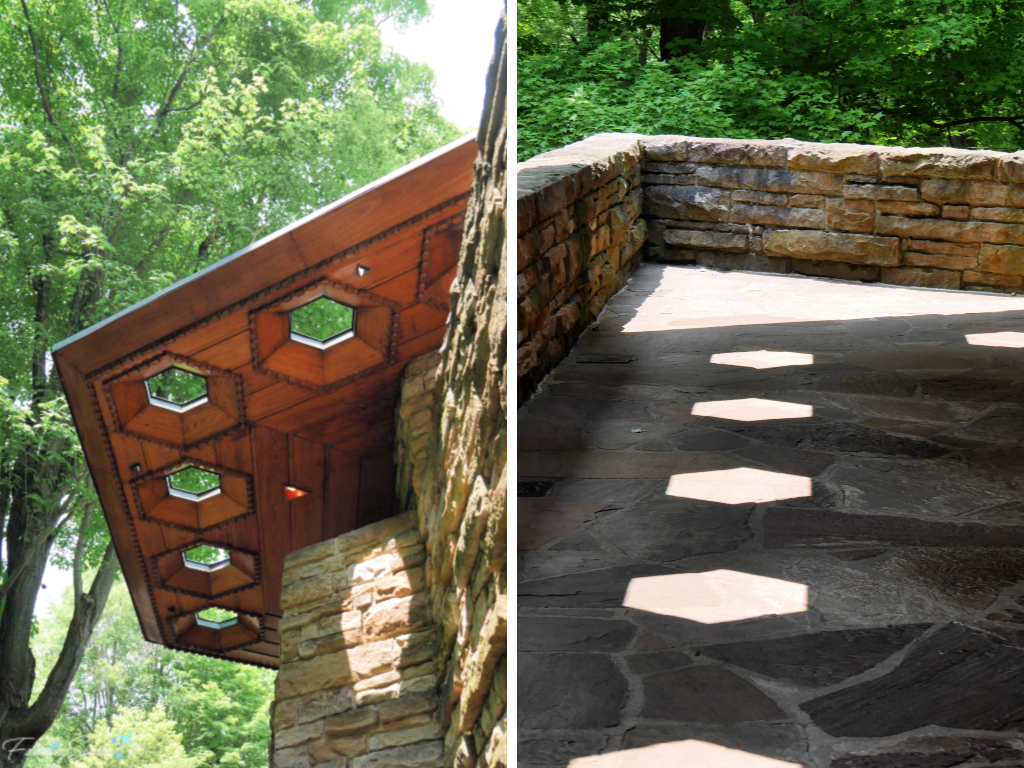 Circles and semi-circles are prominent in Wright’s design for The Annunciation Greek Orthodox Church in Milwaukee, Wisconsin.
Circles and semi-circles are prominent in Wright’s design for The Annunciation Greek Orthodox Church in Milwaukee, Wisconsin.

